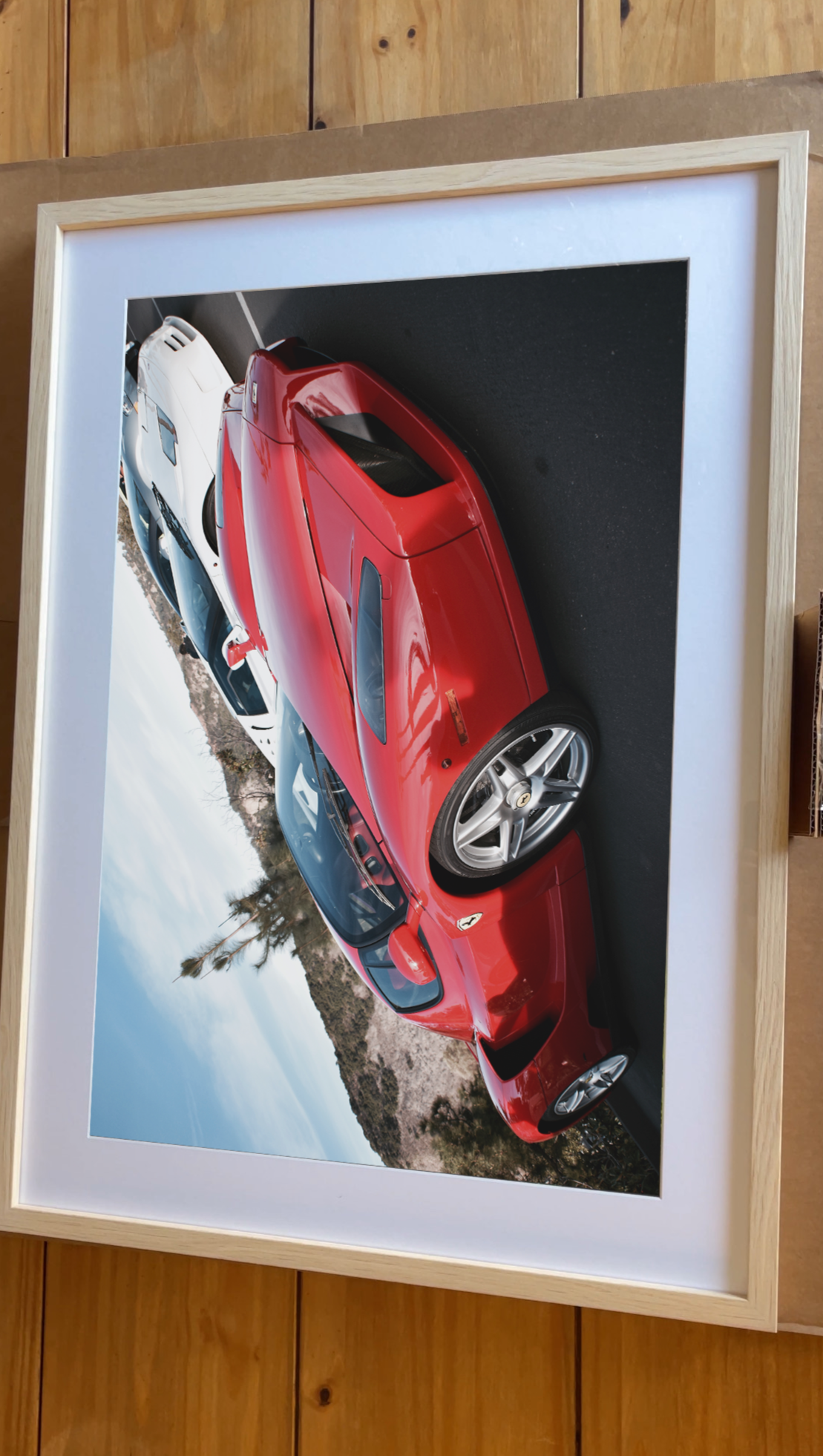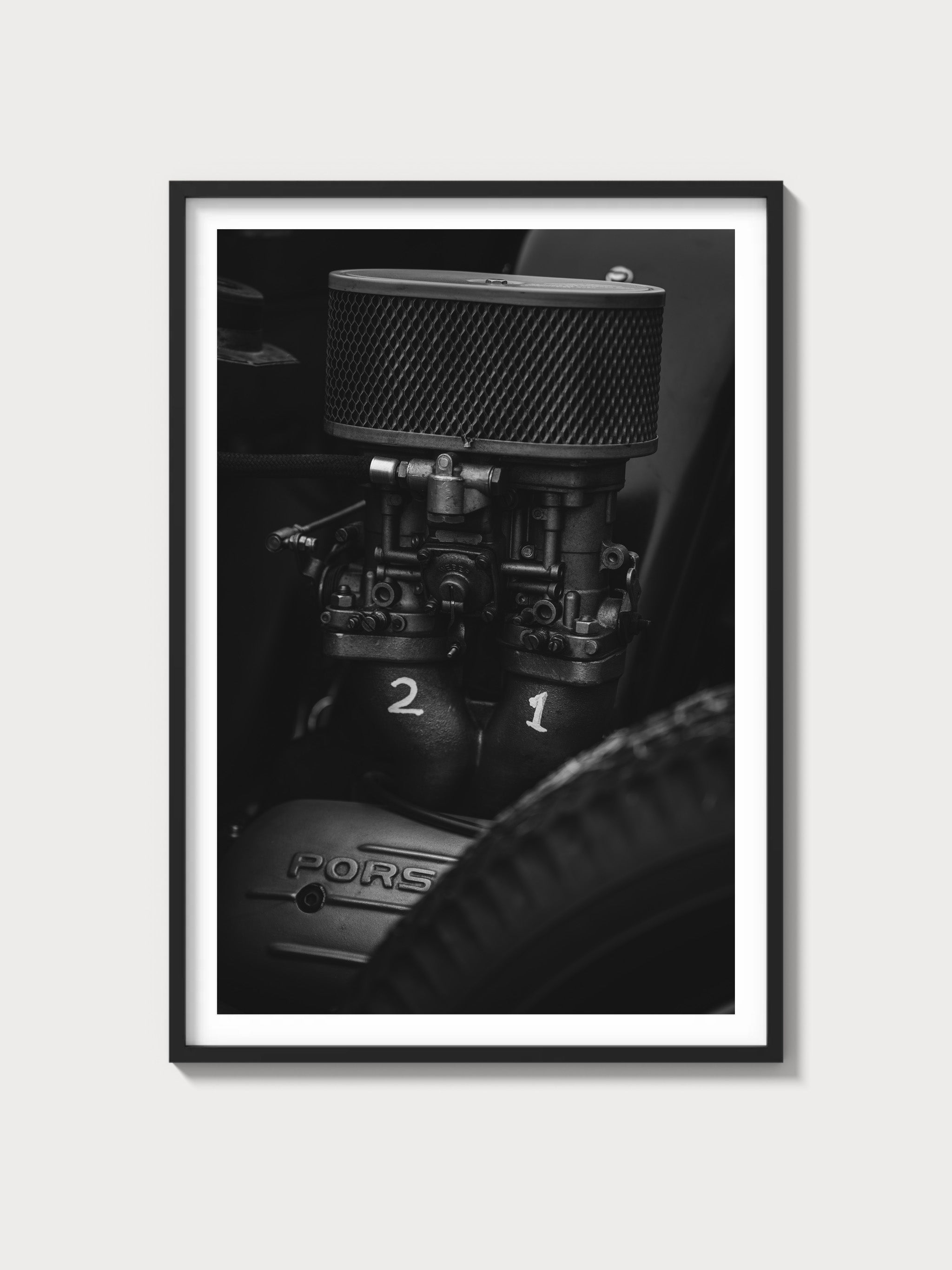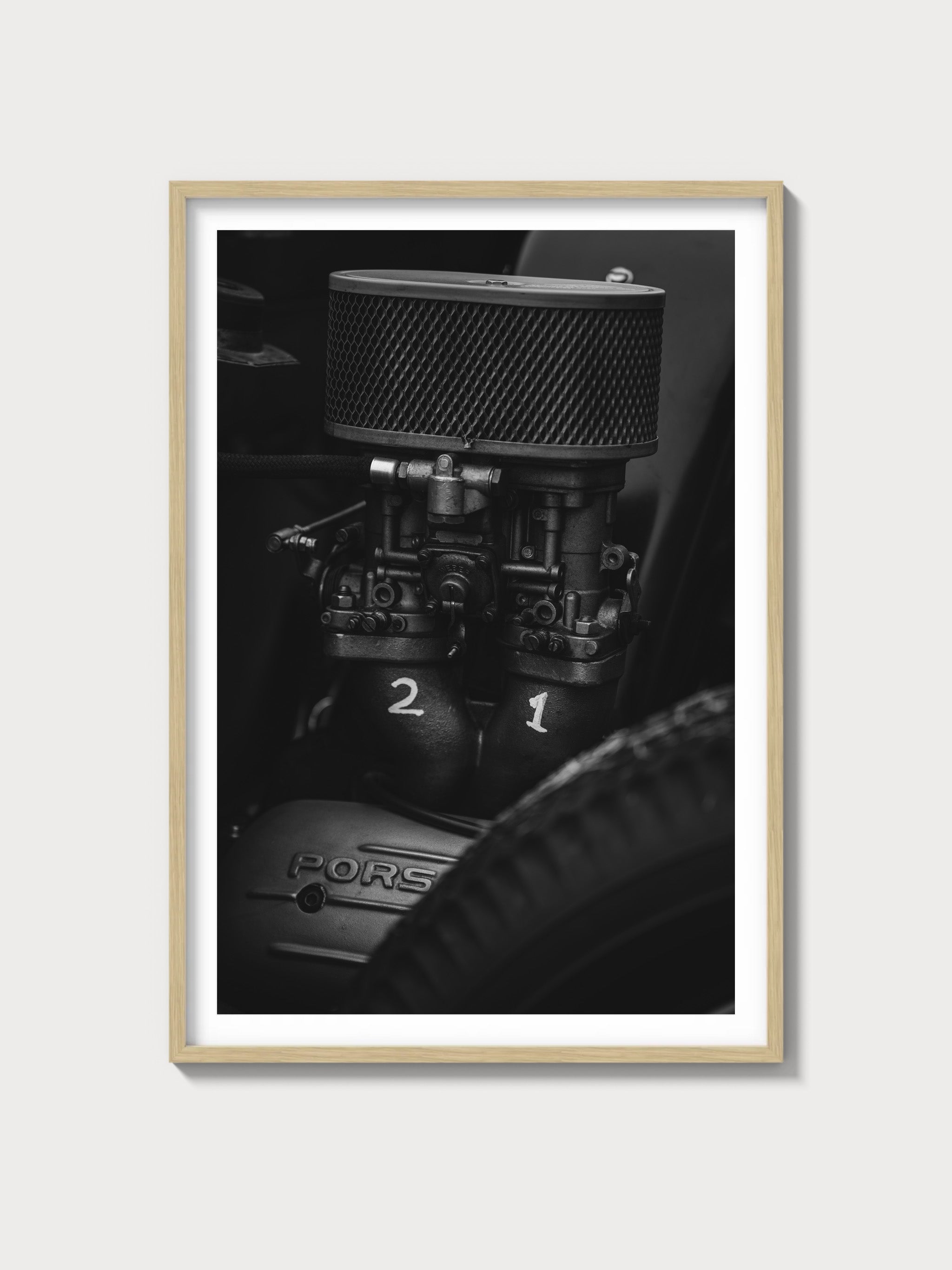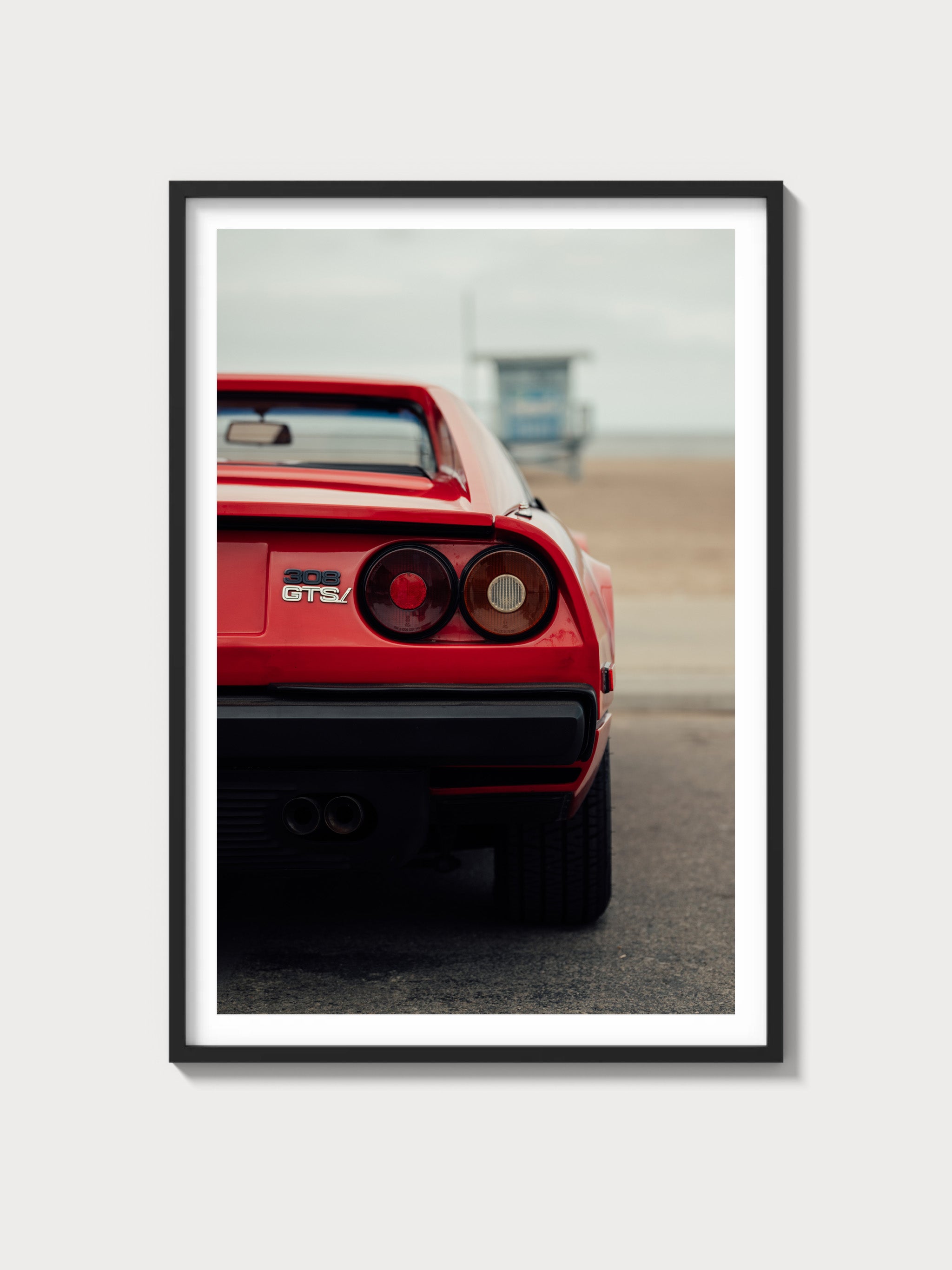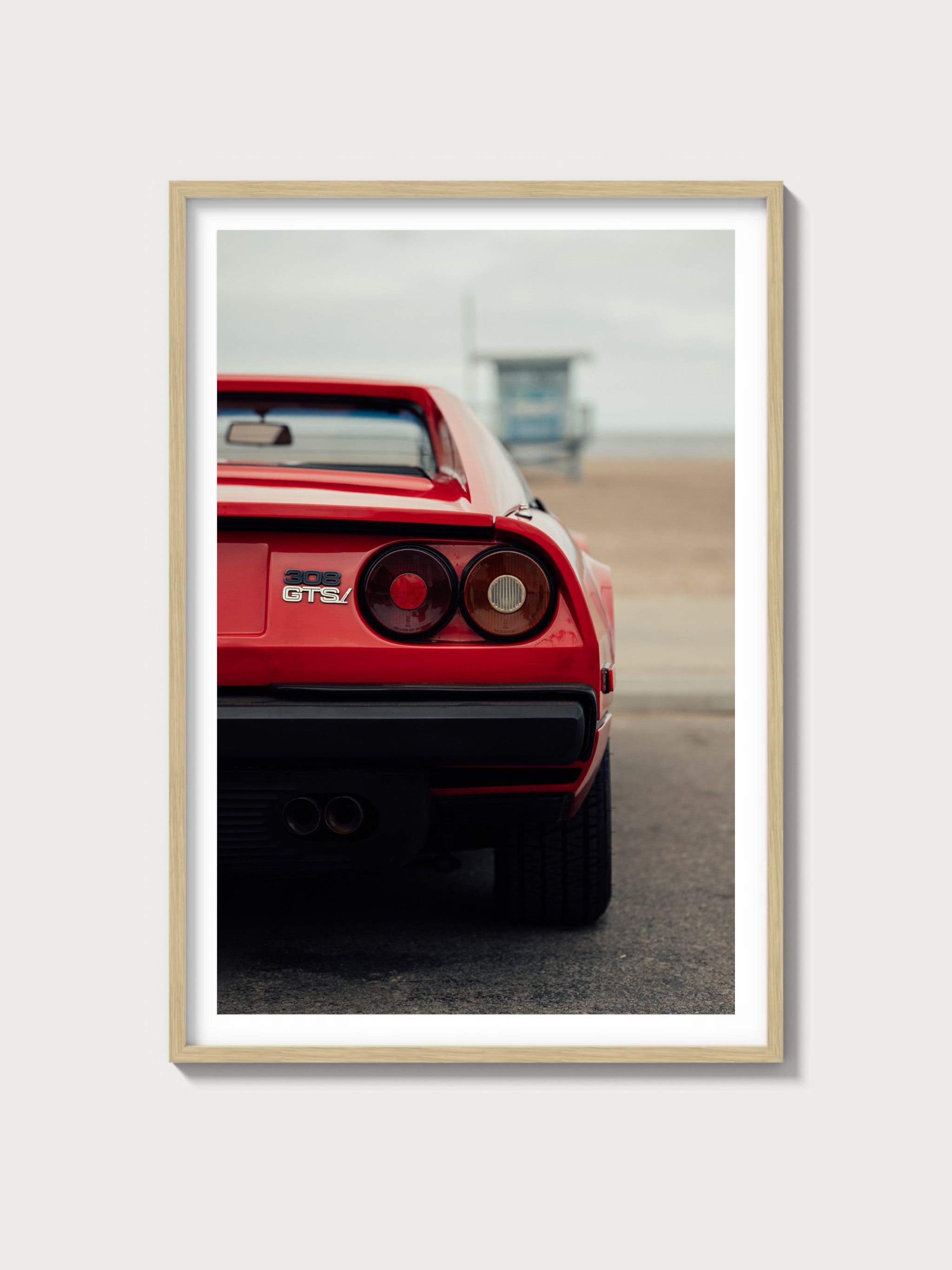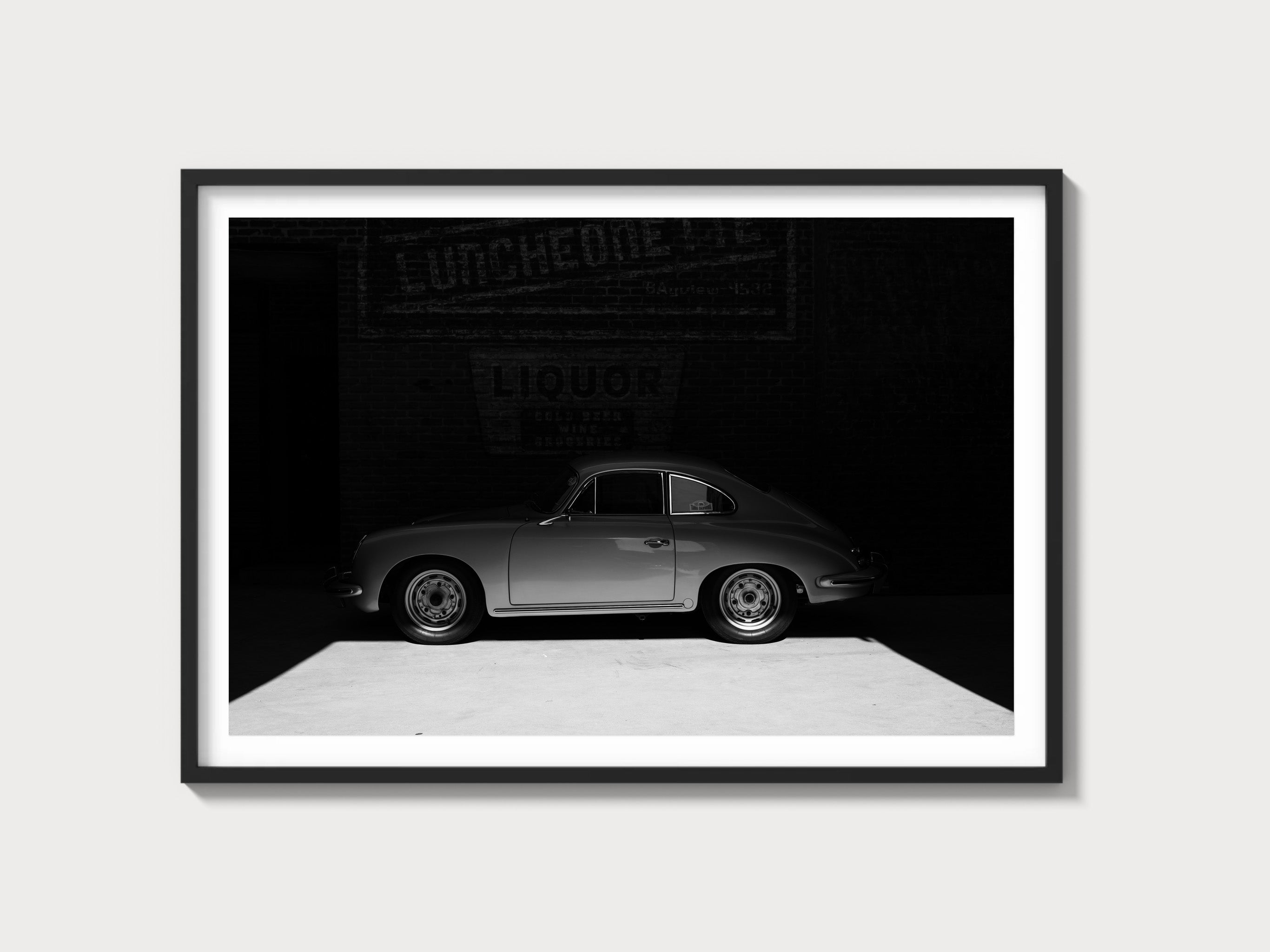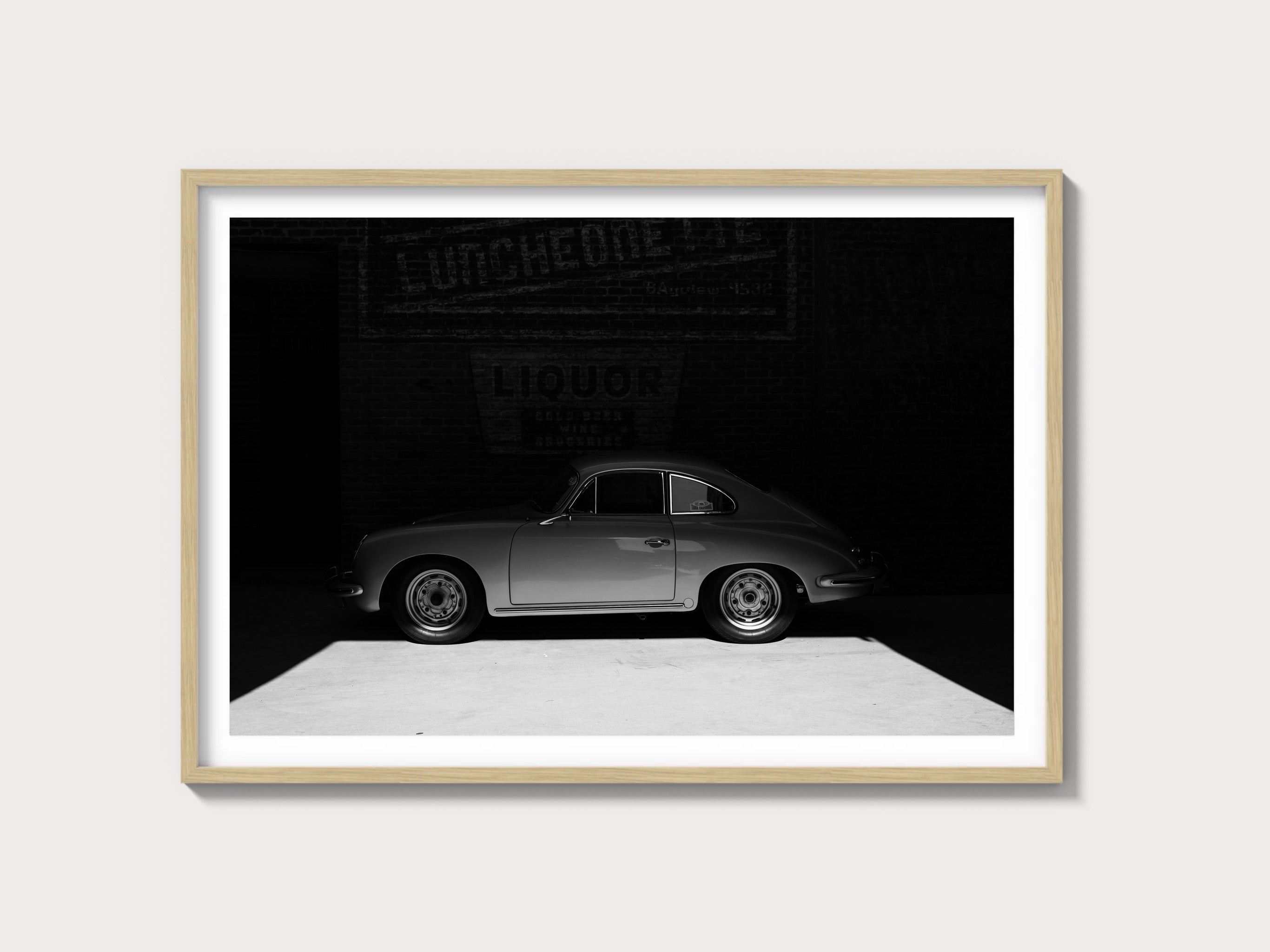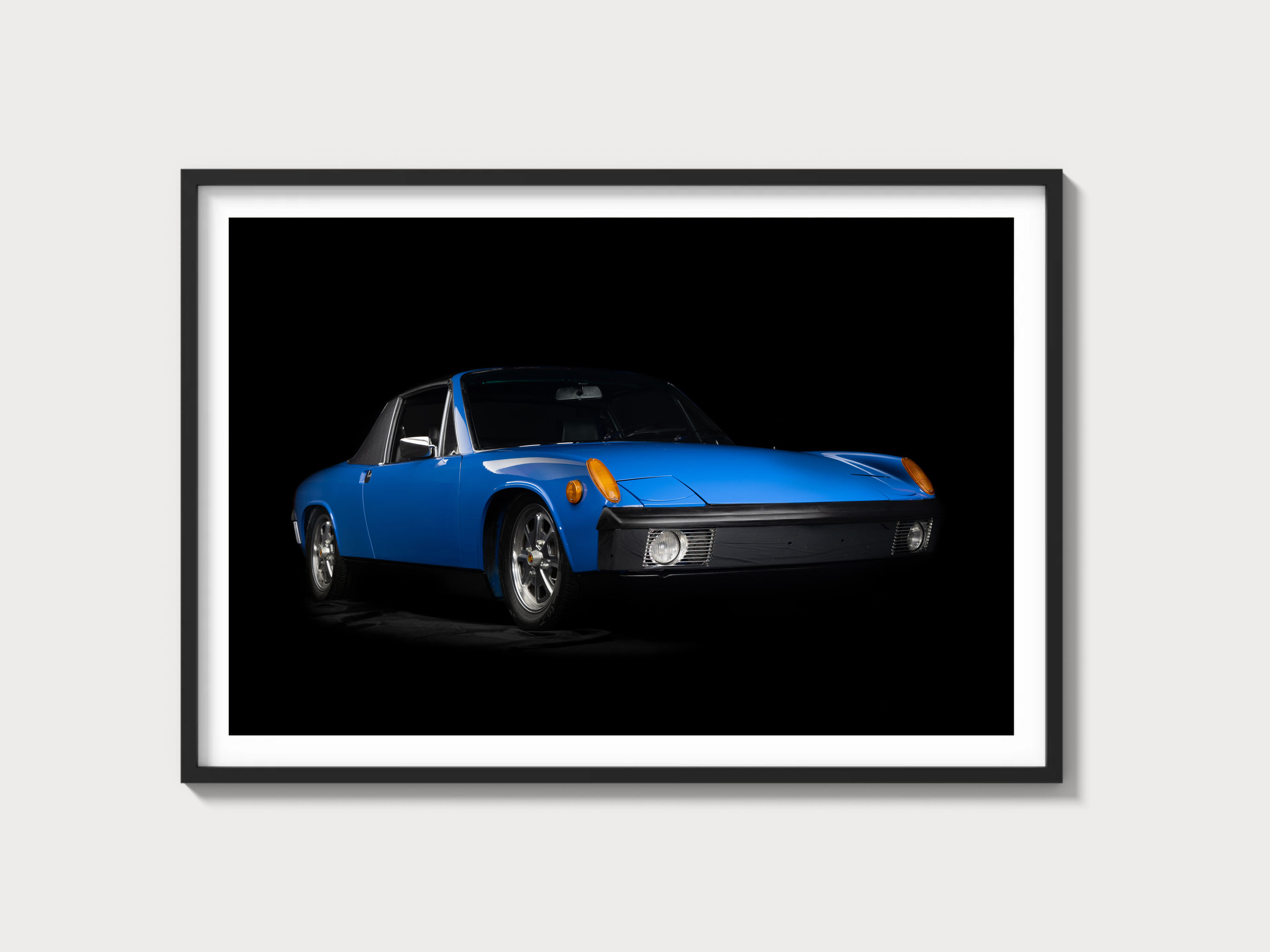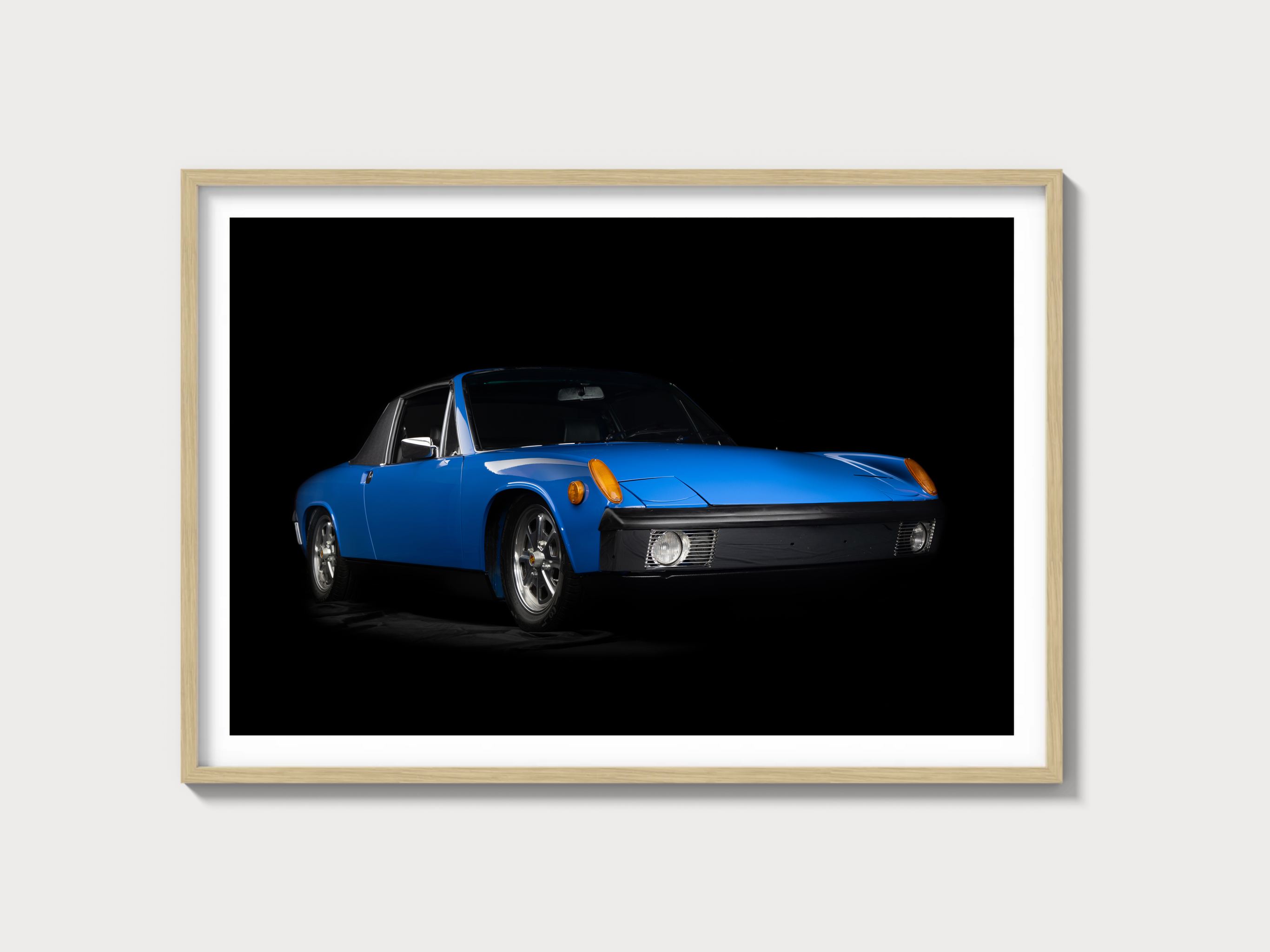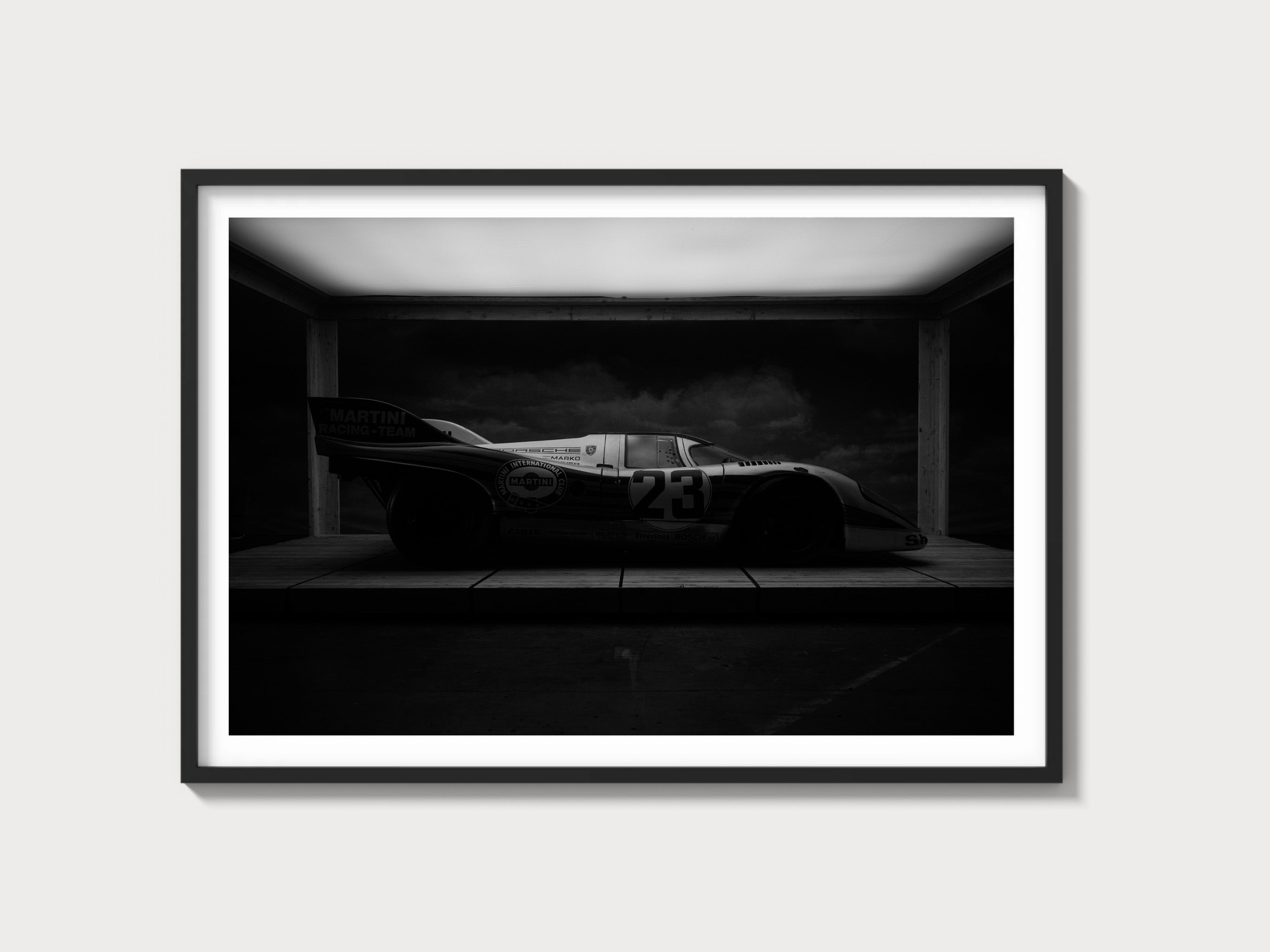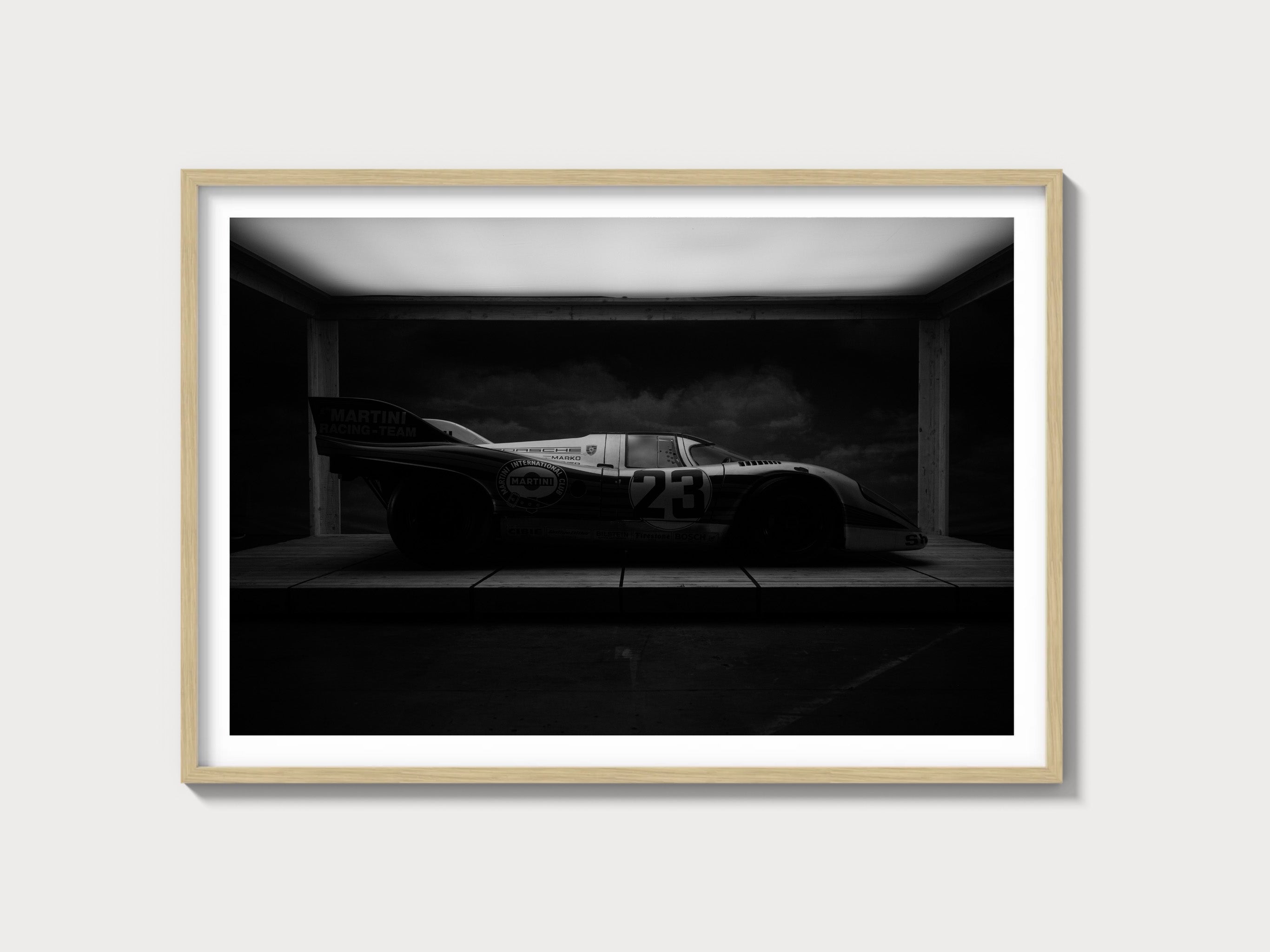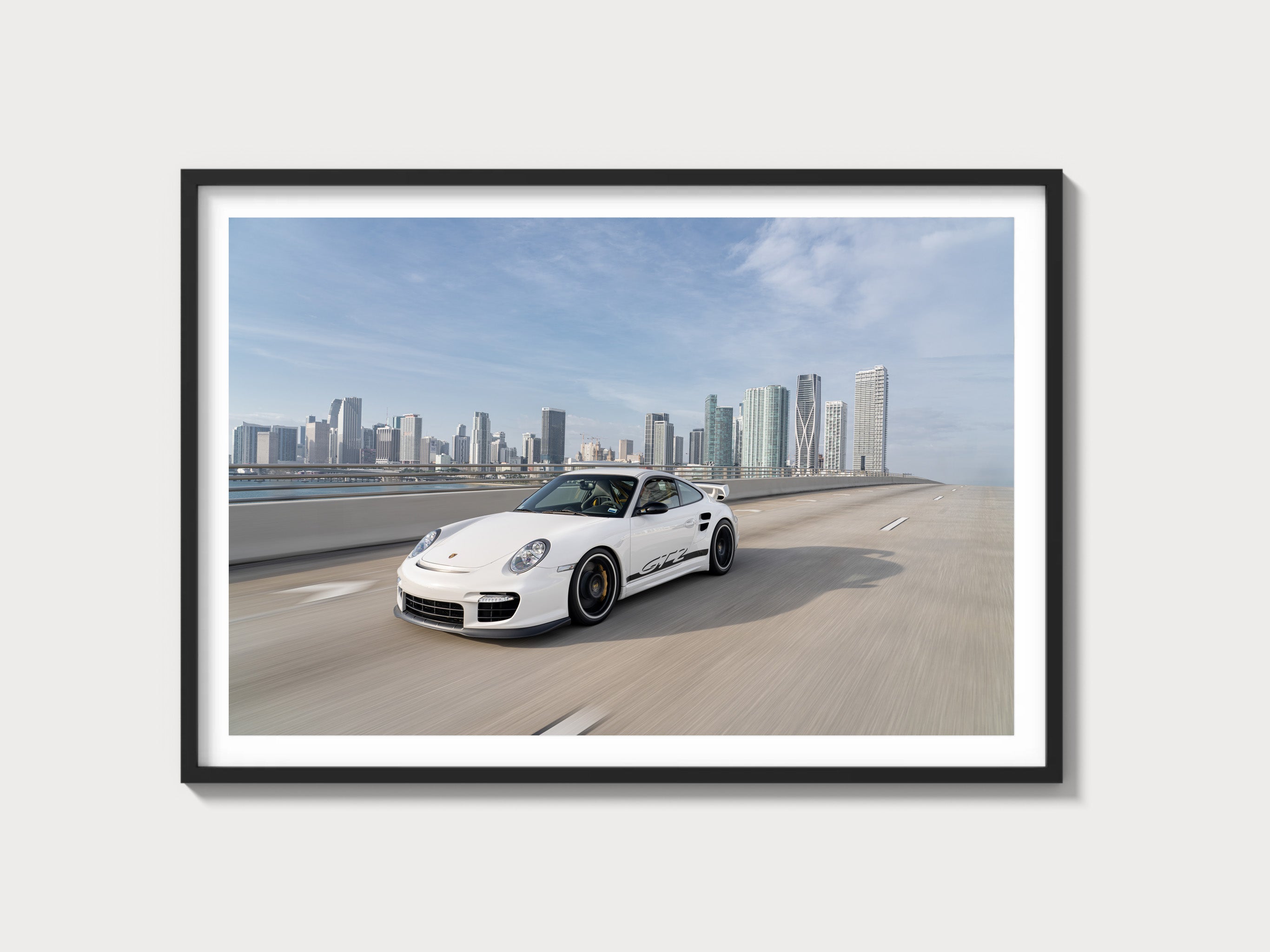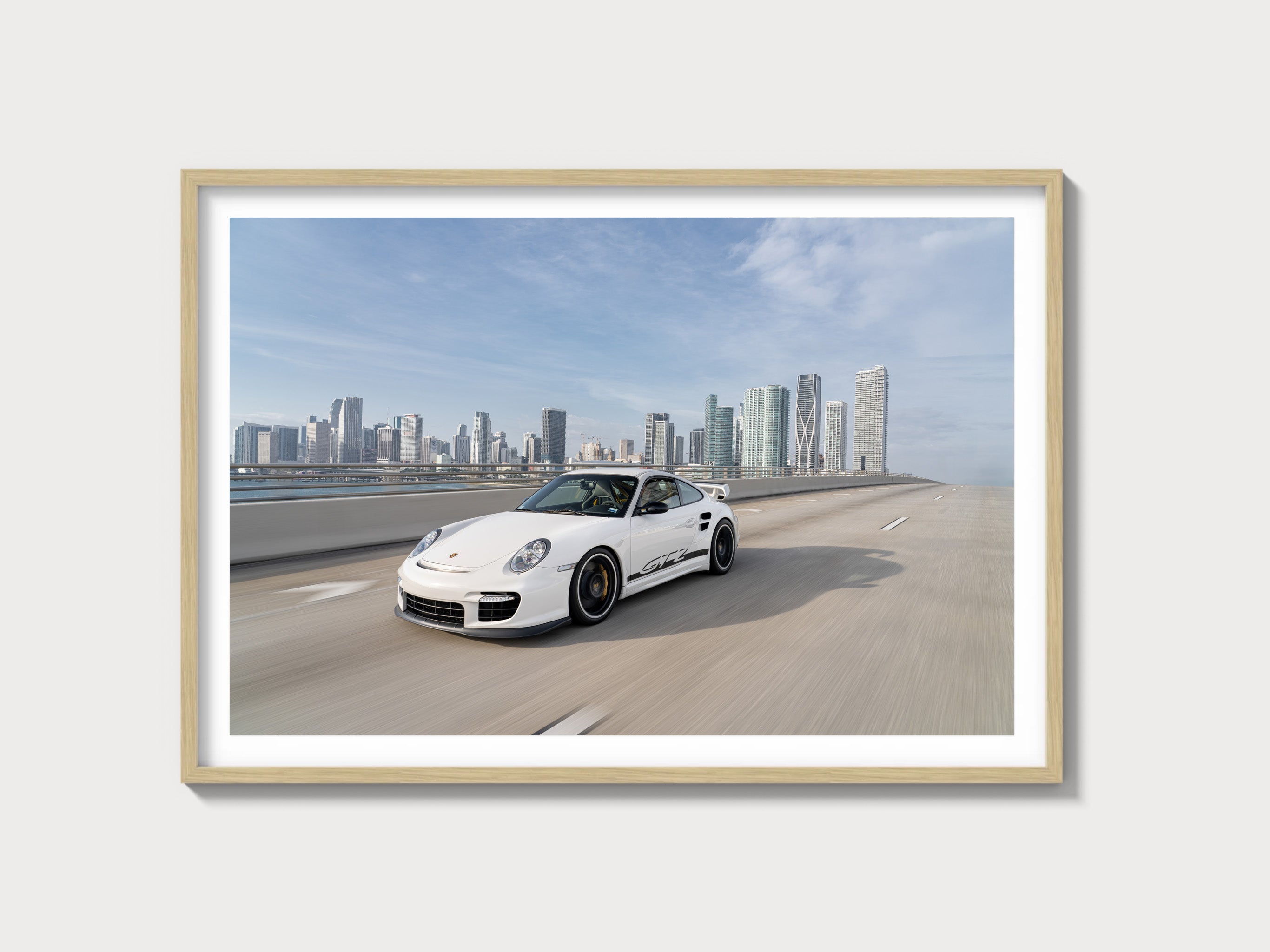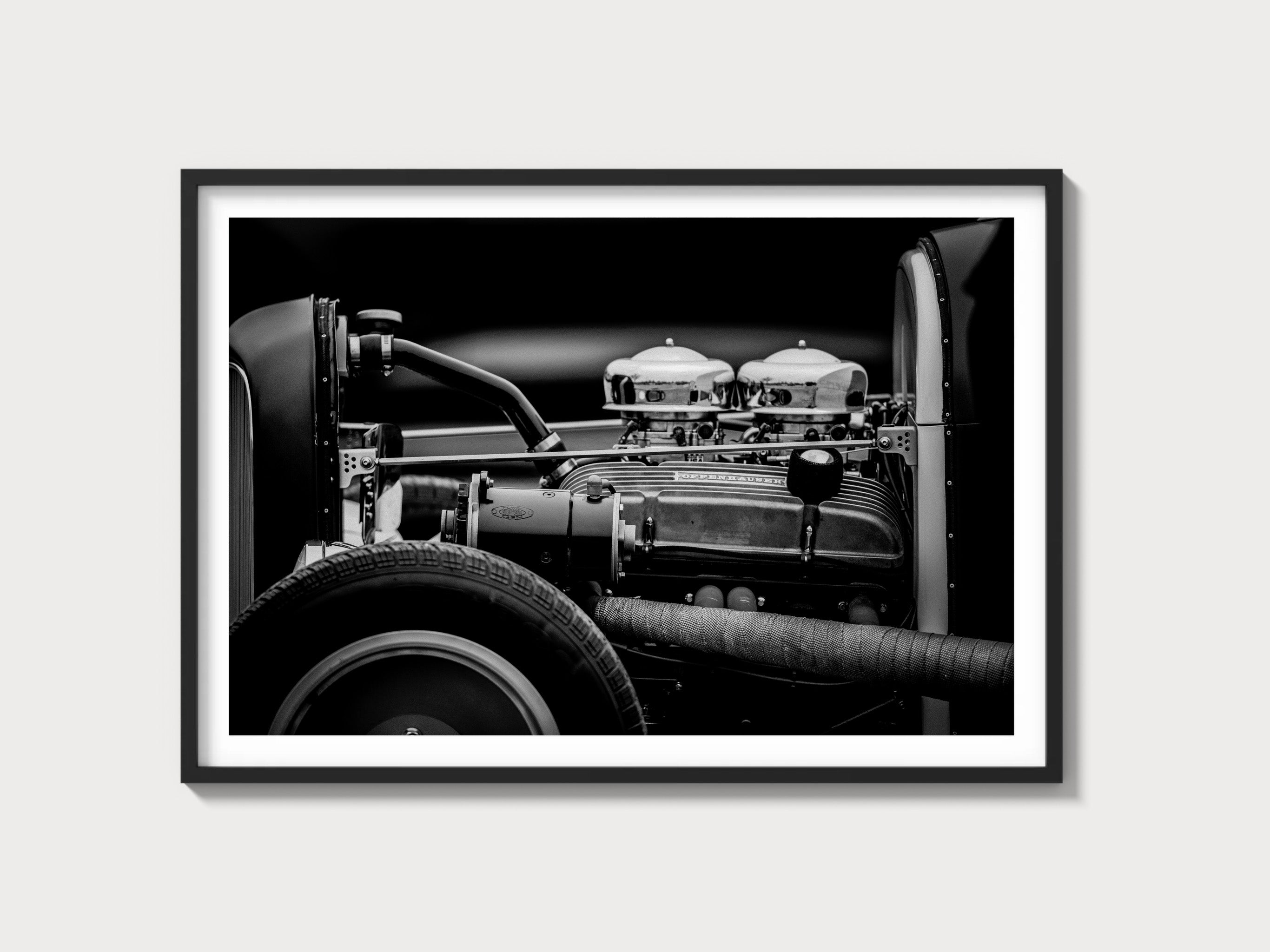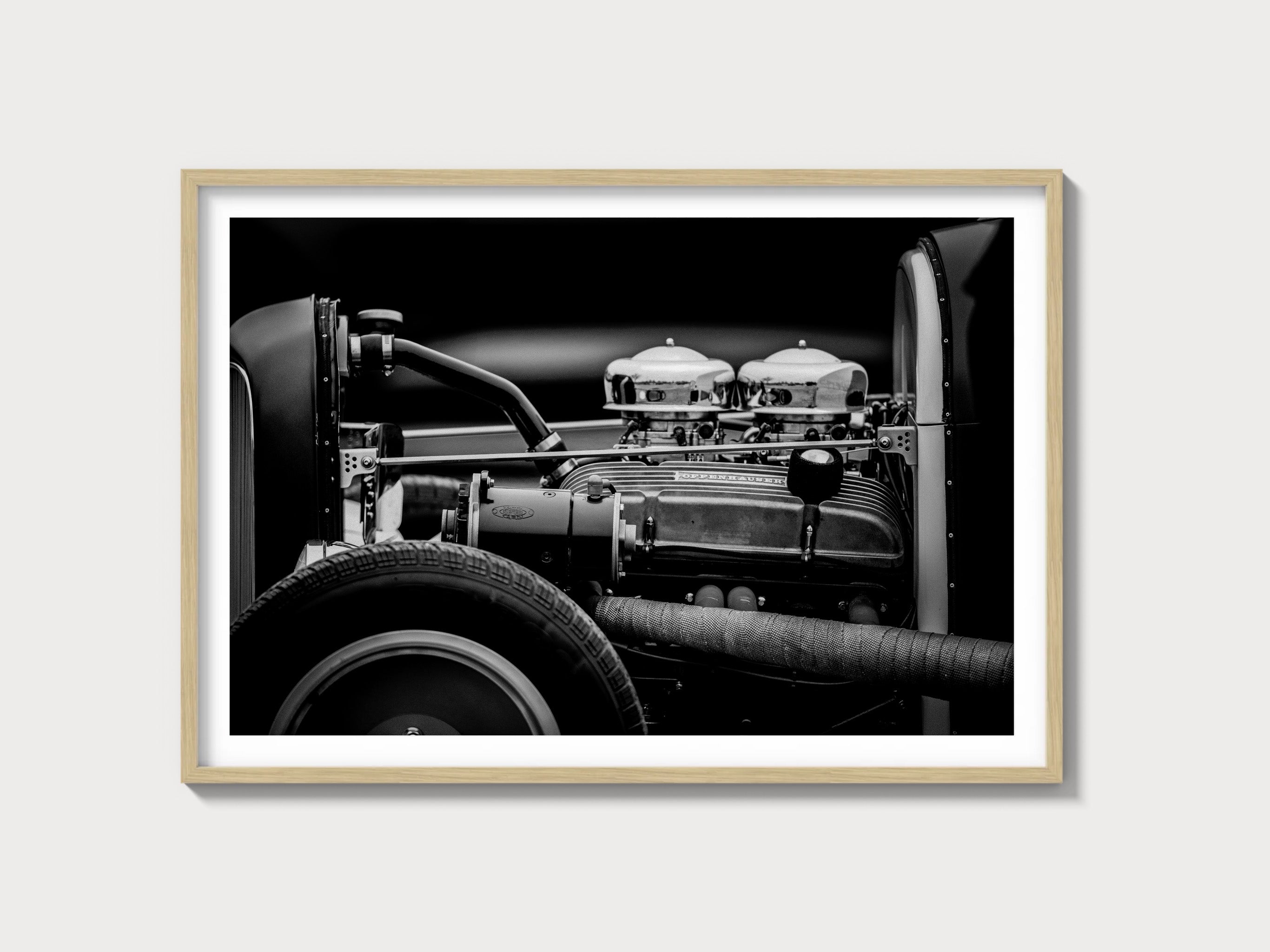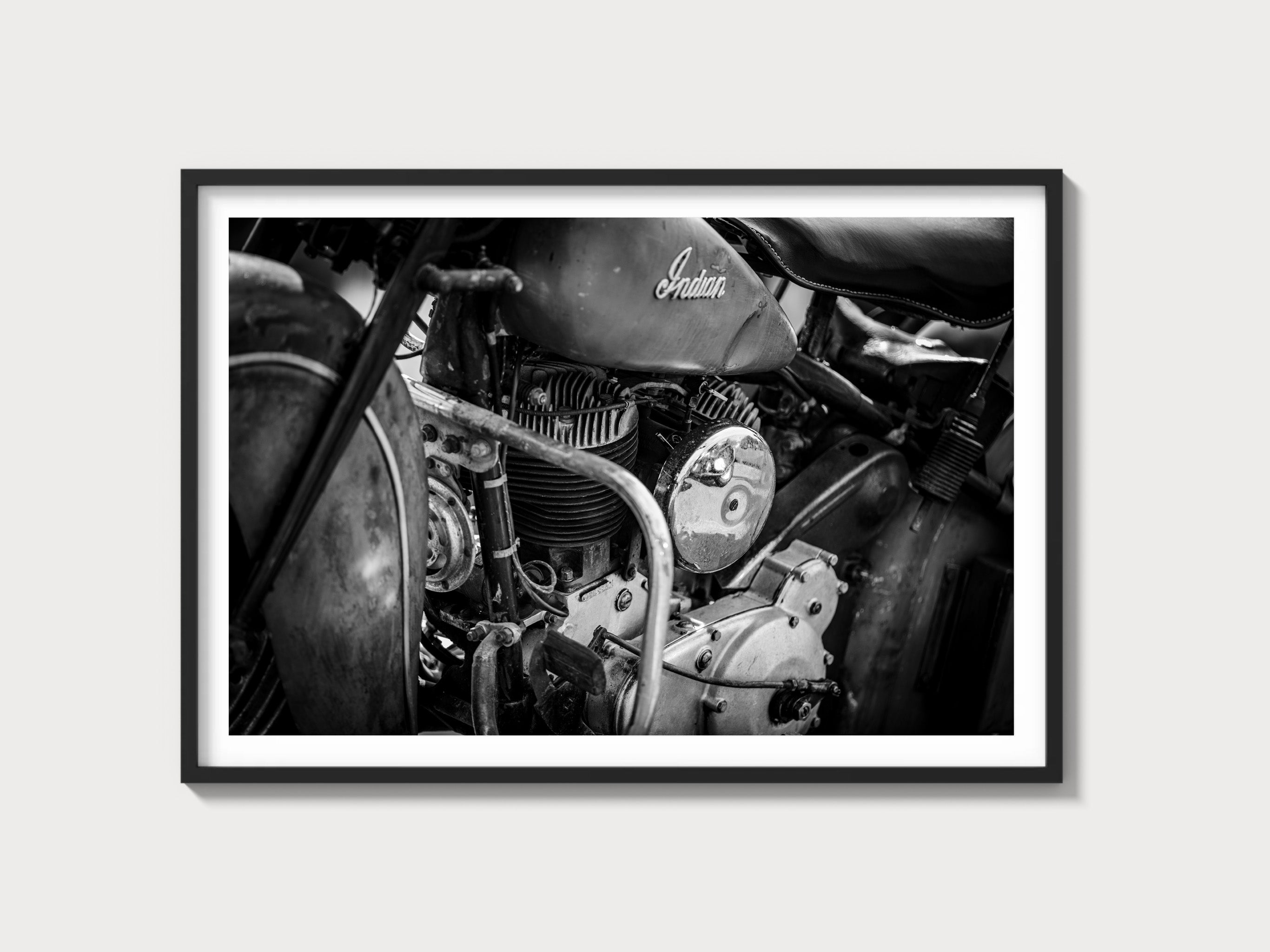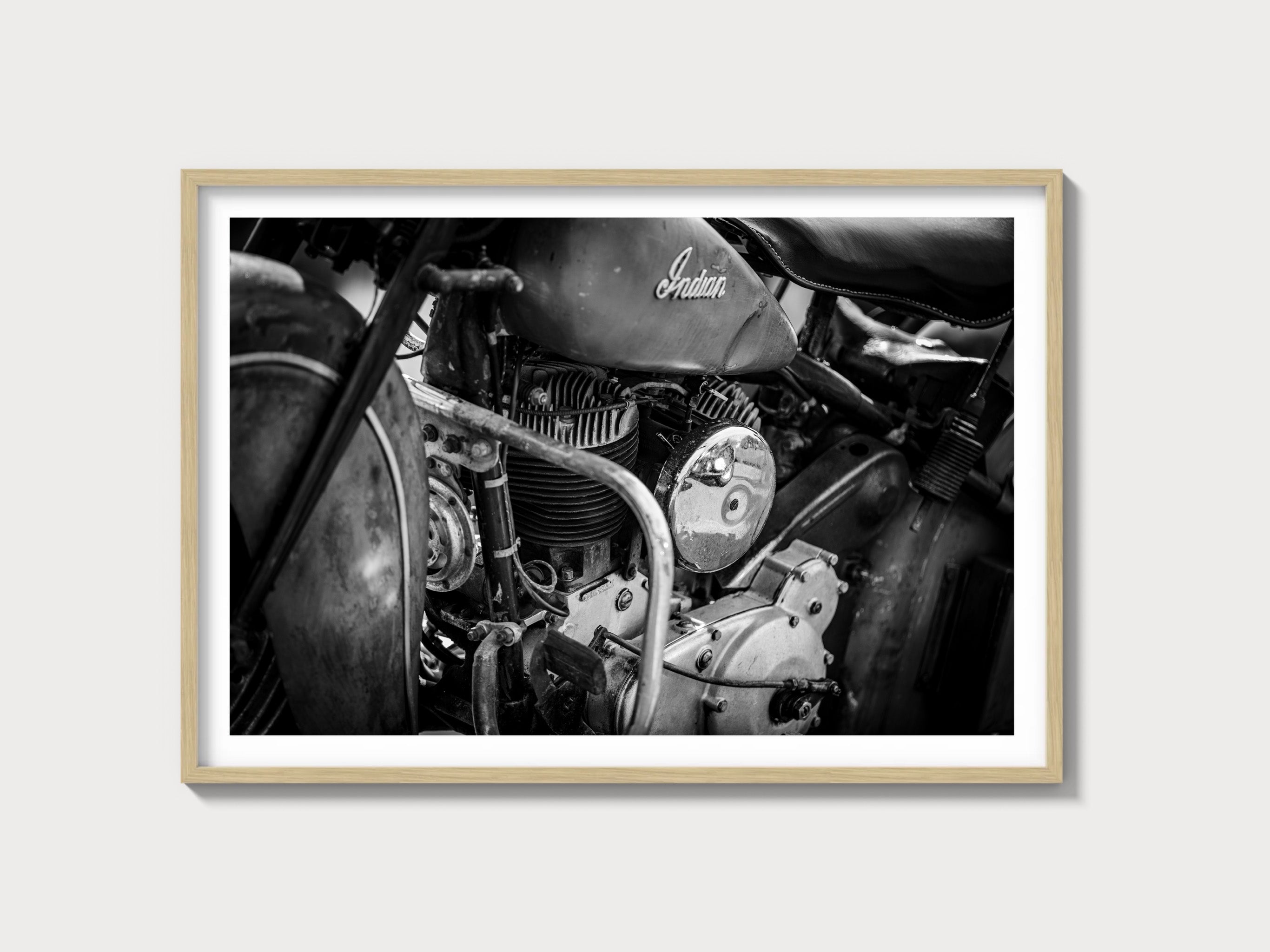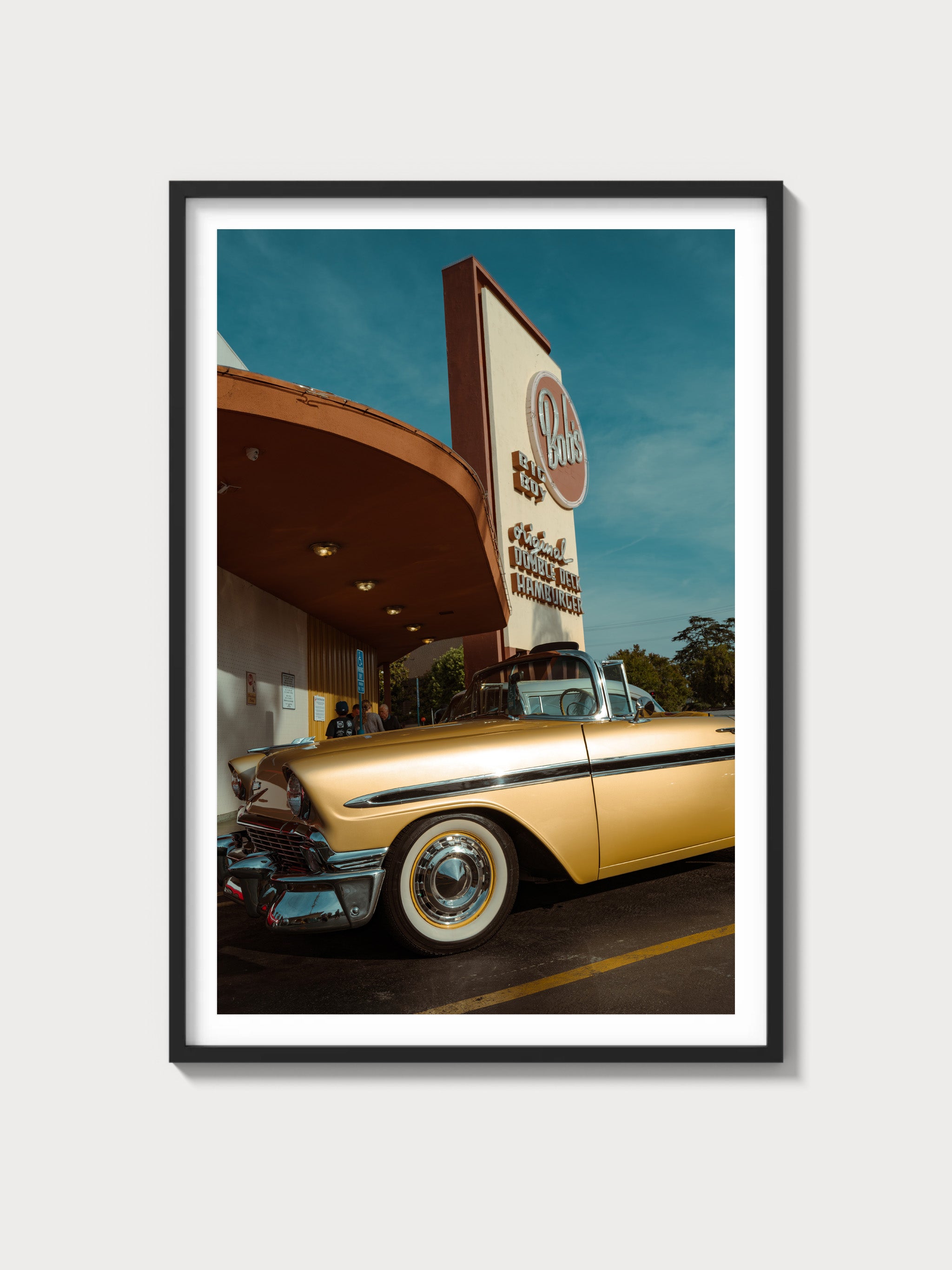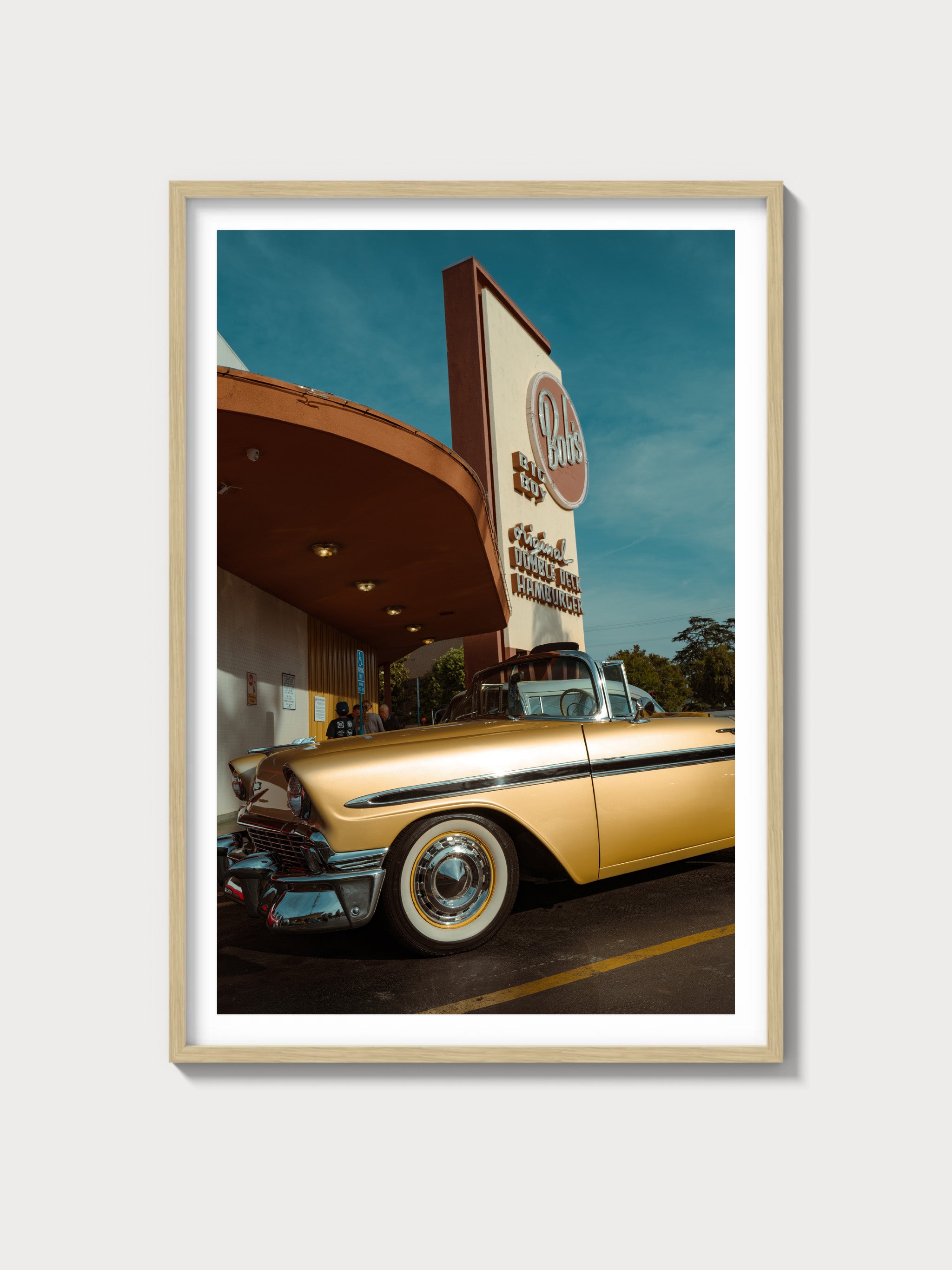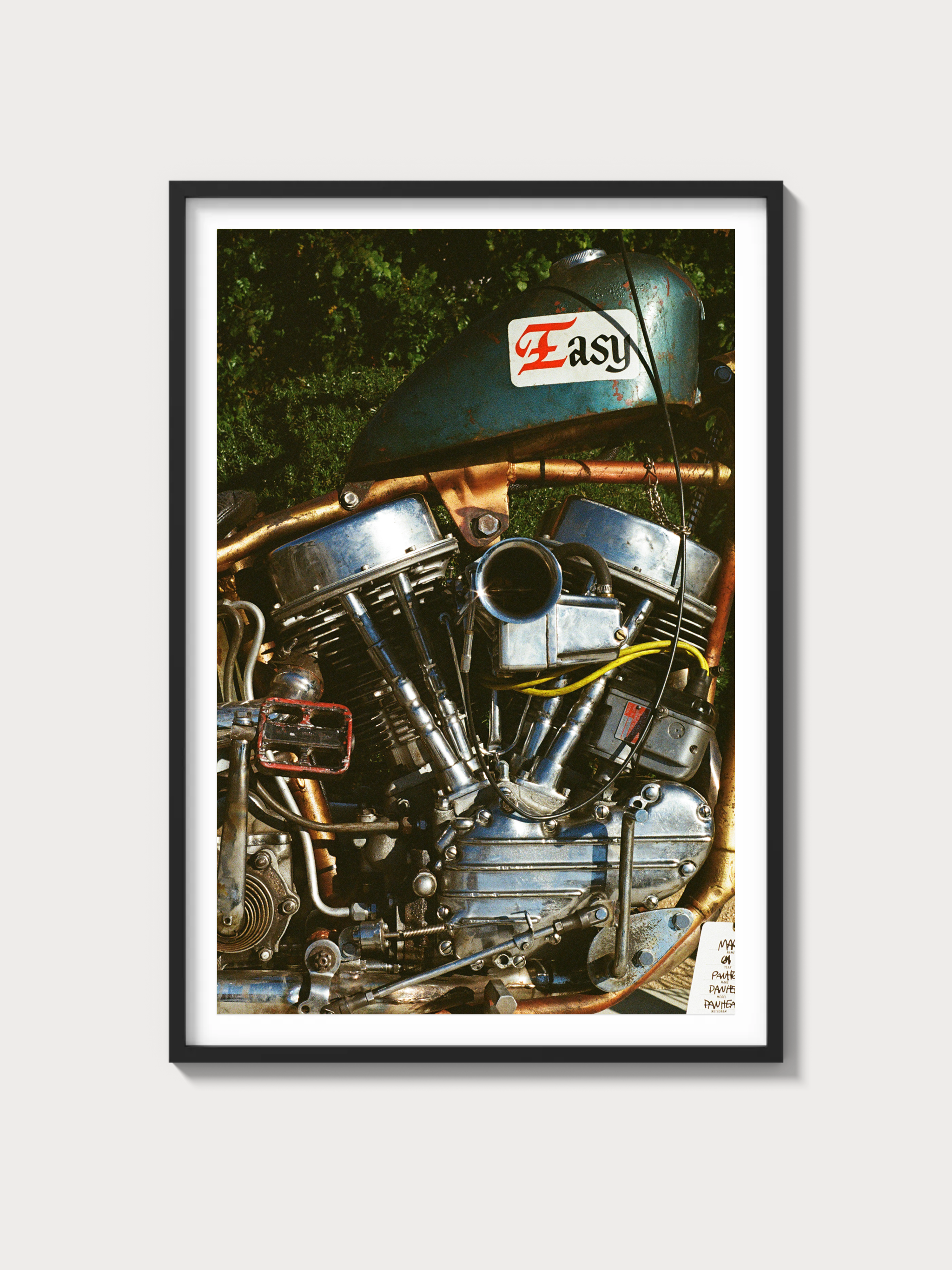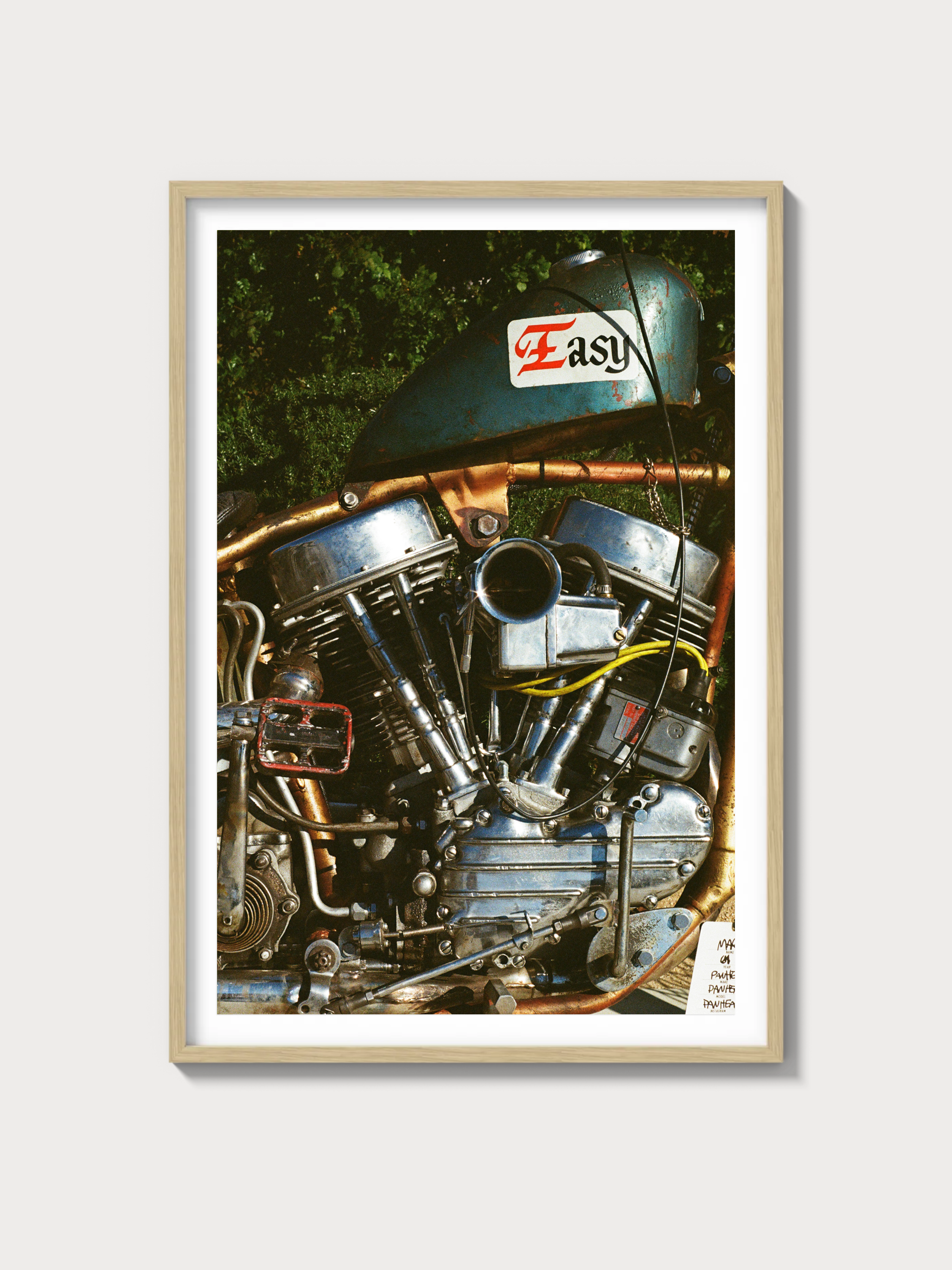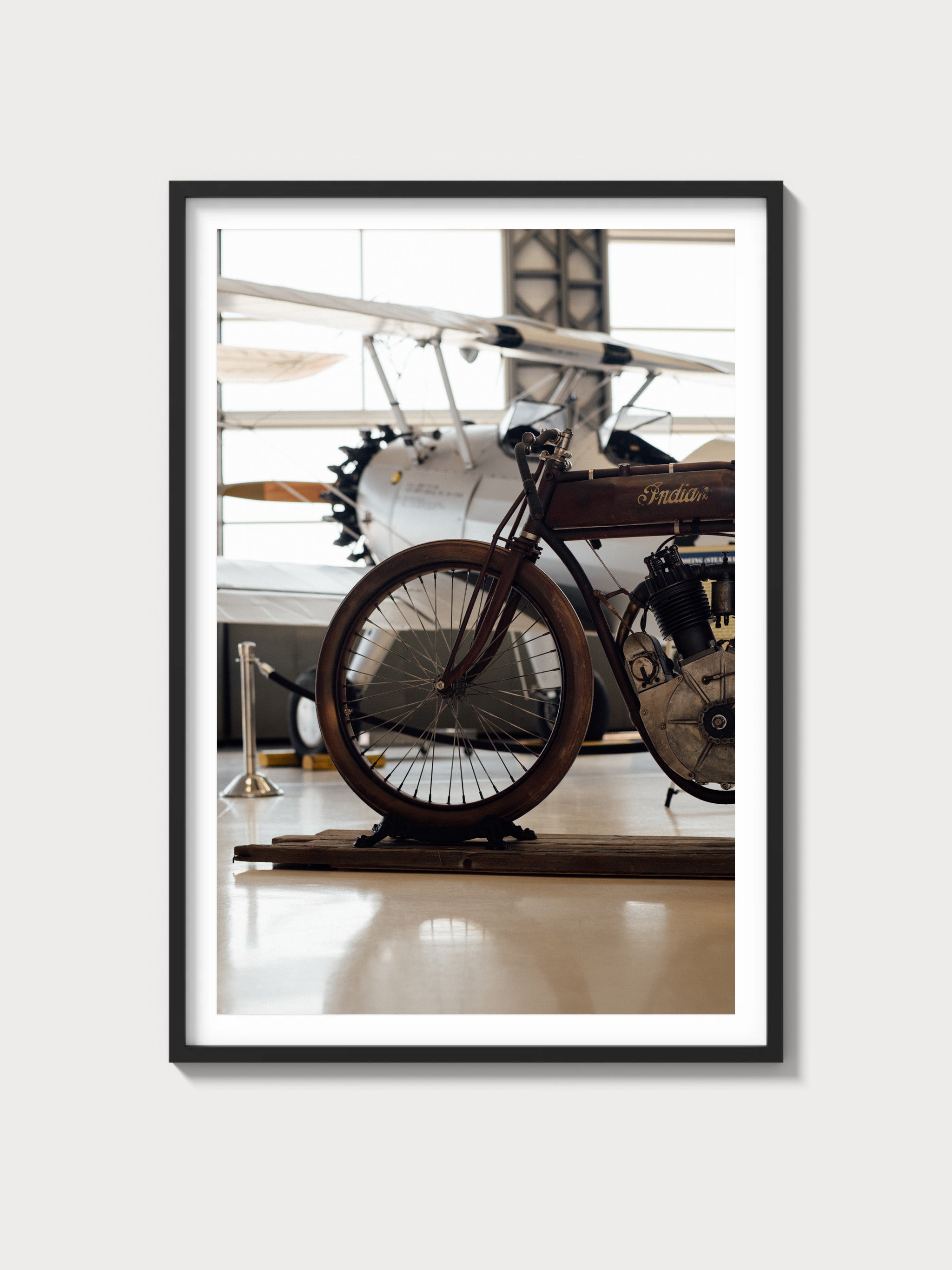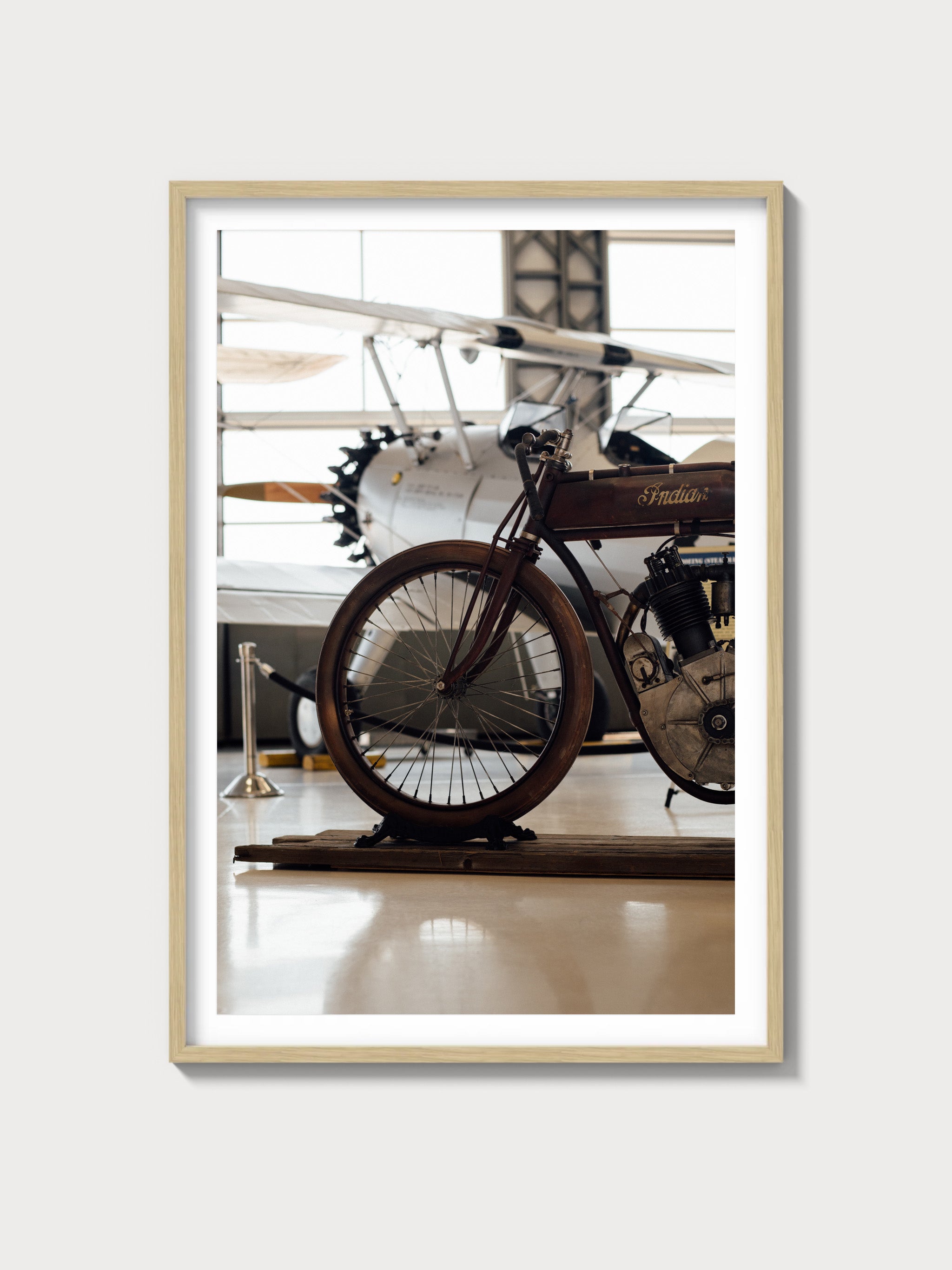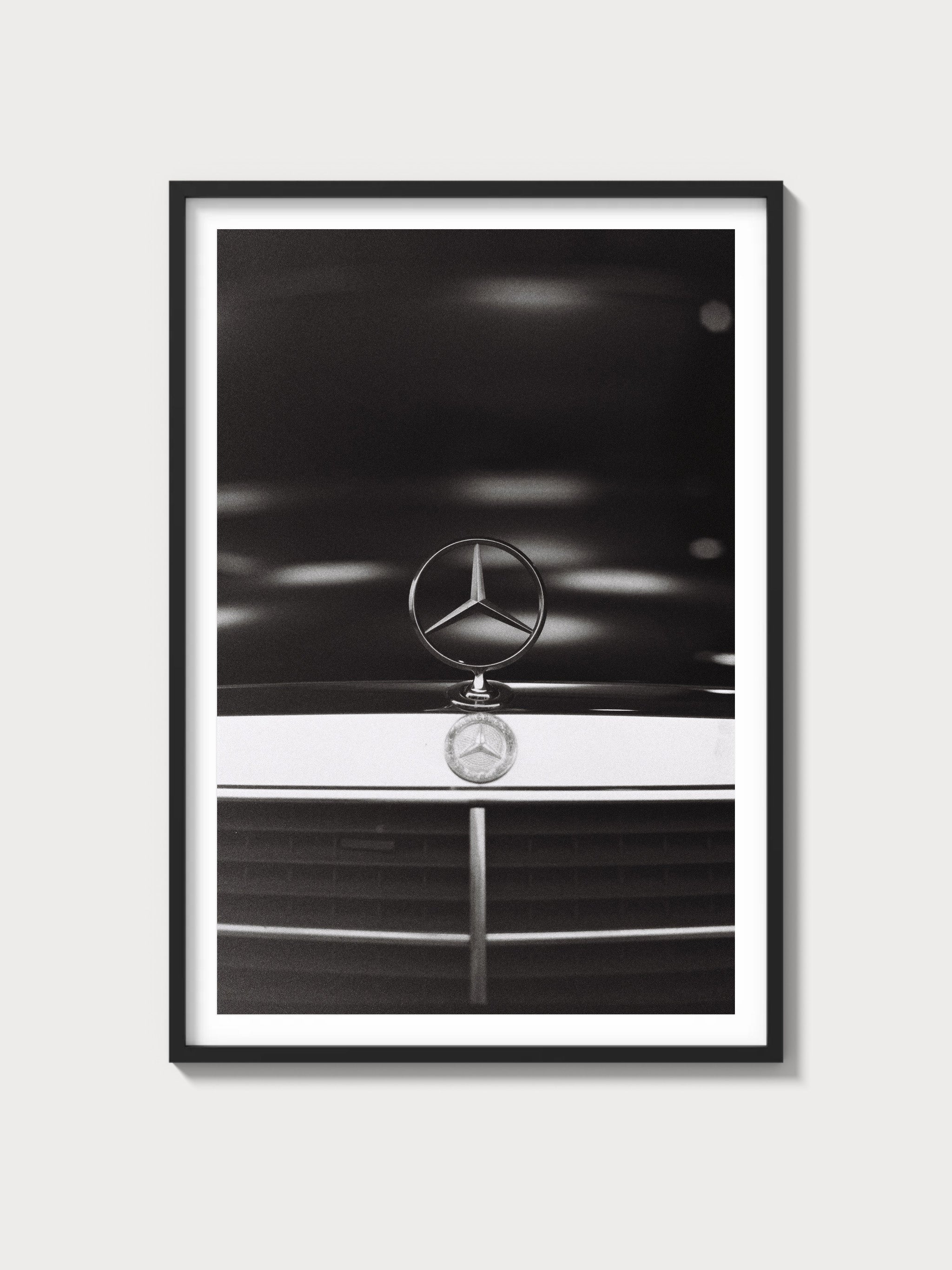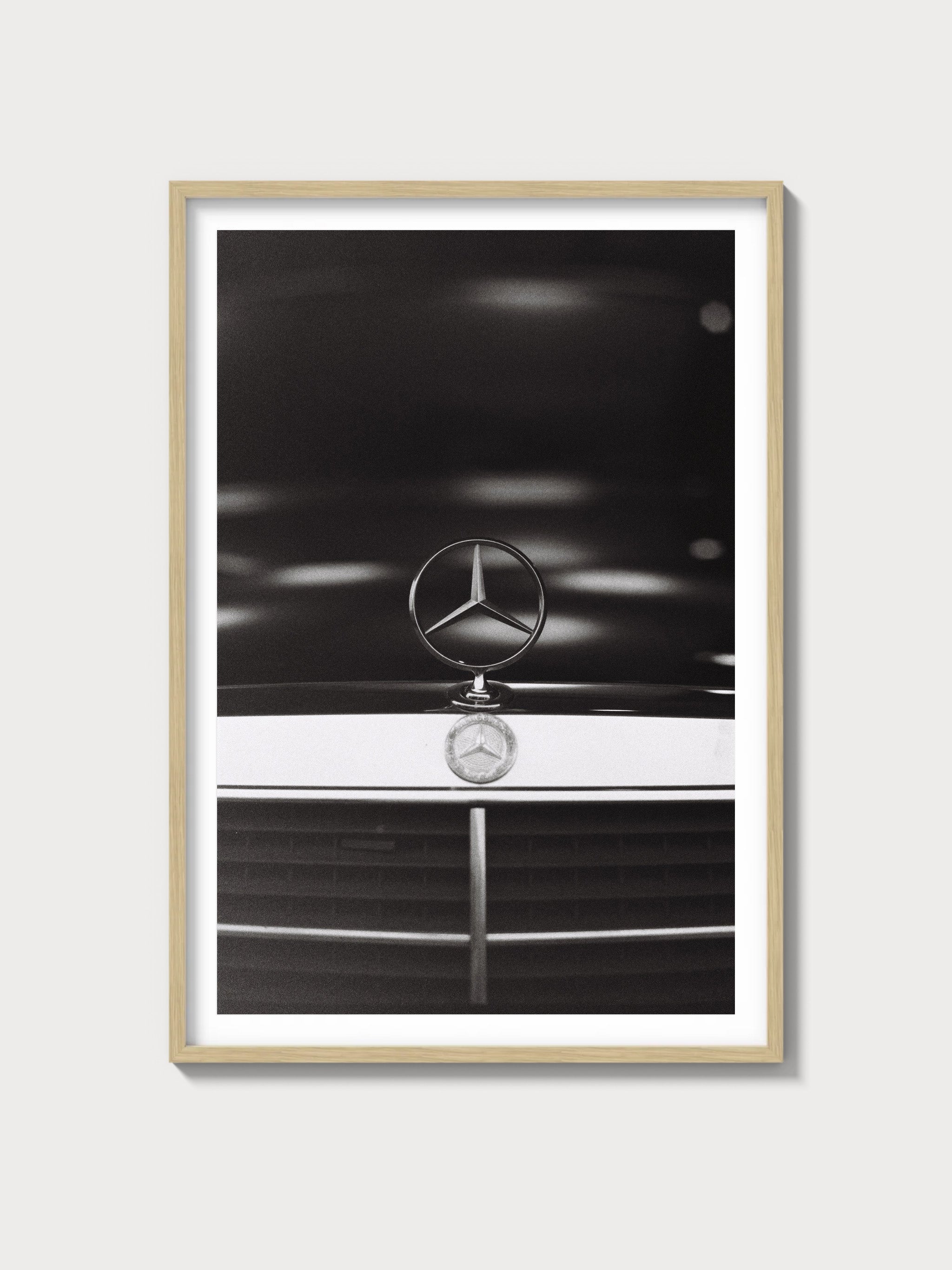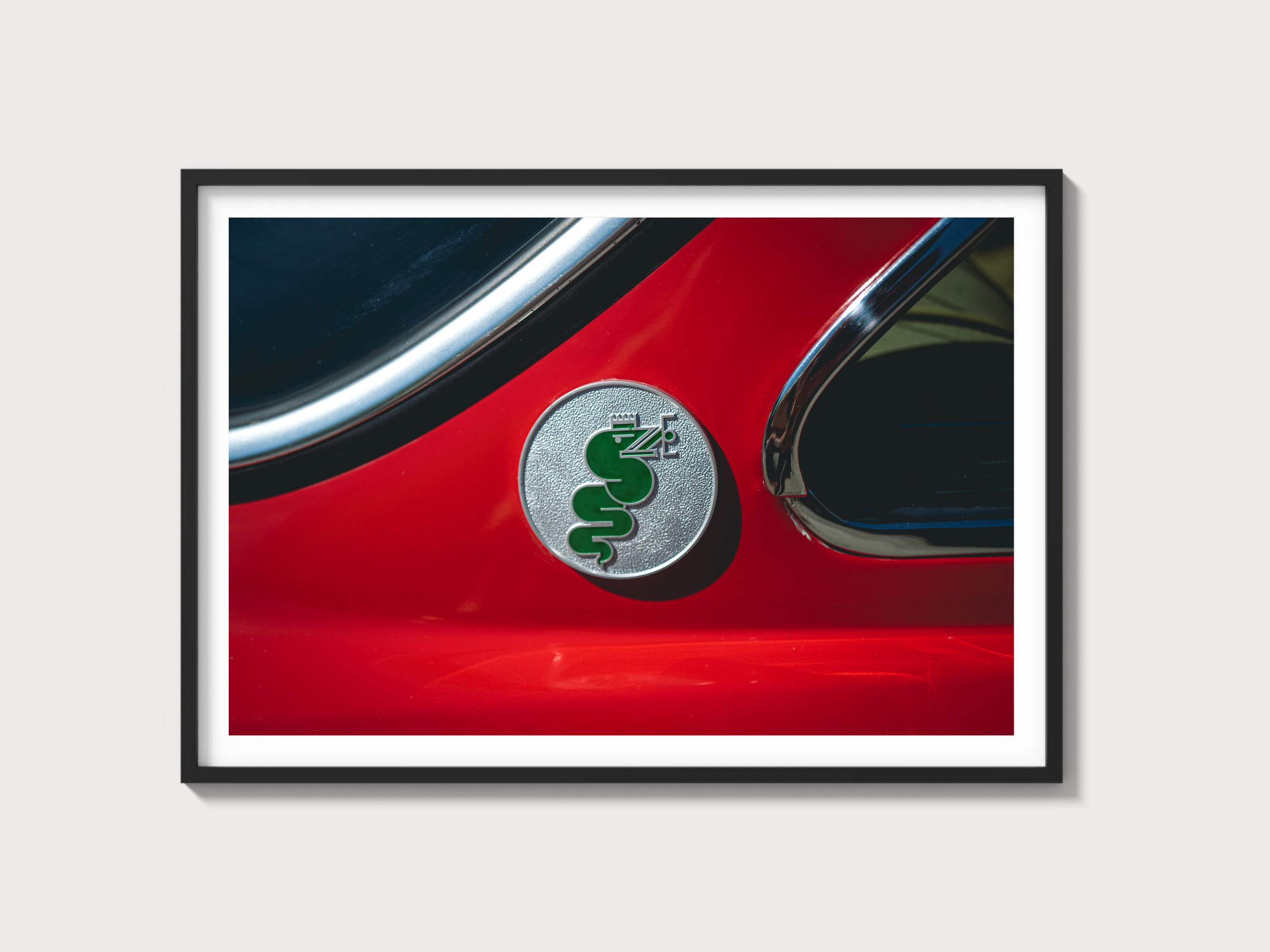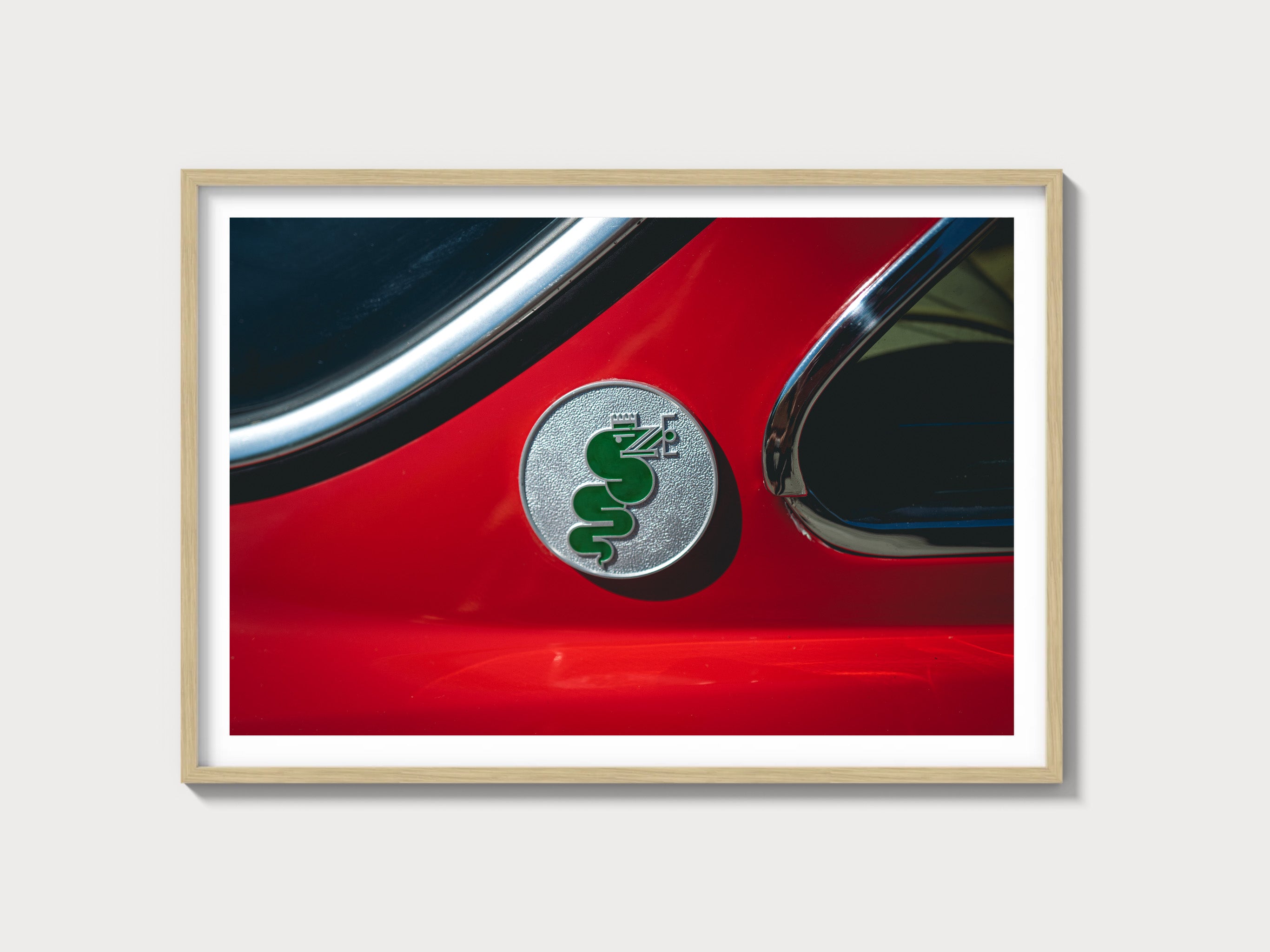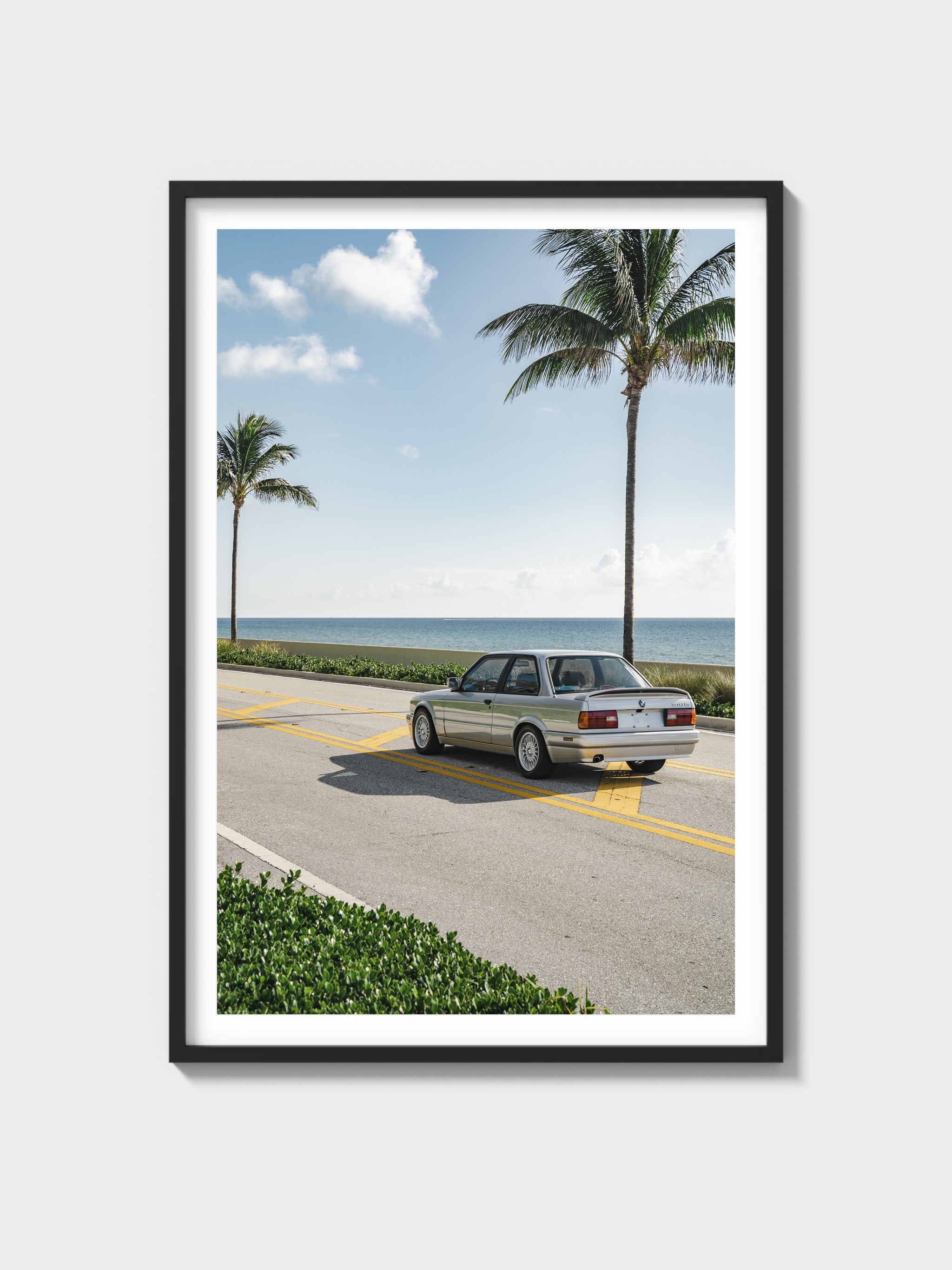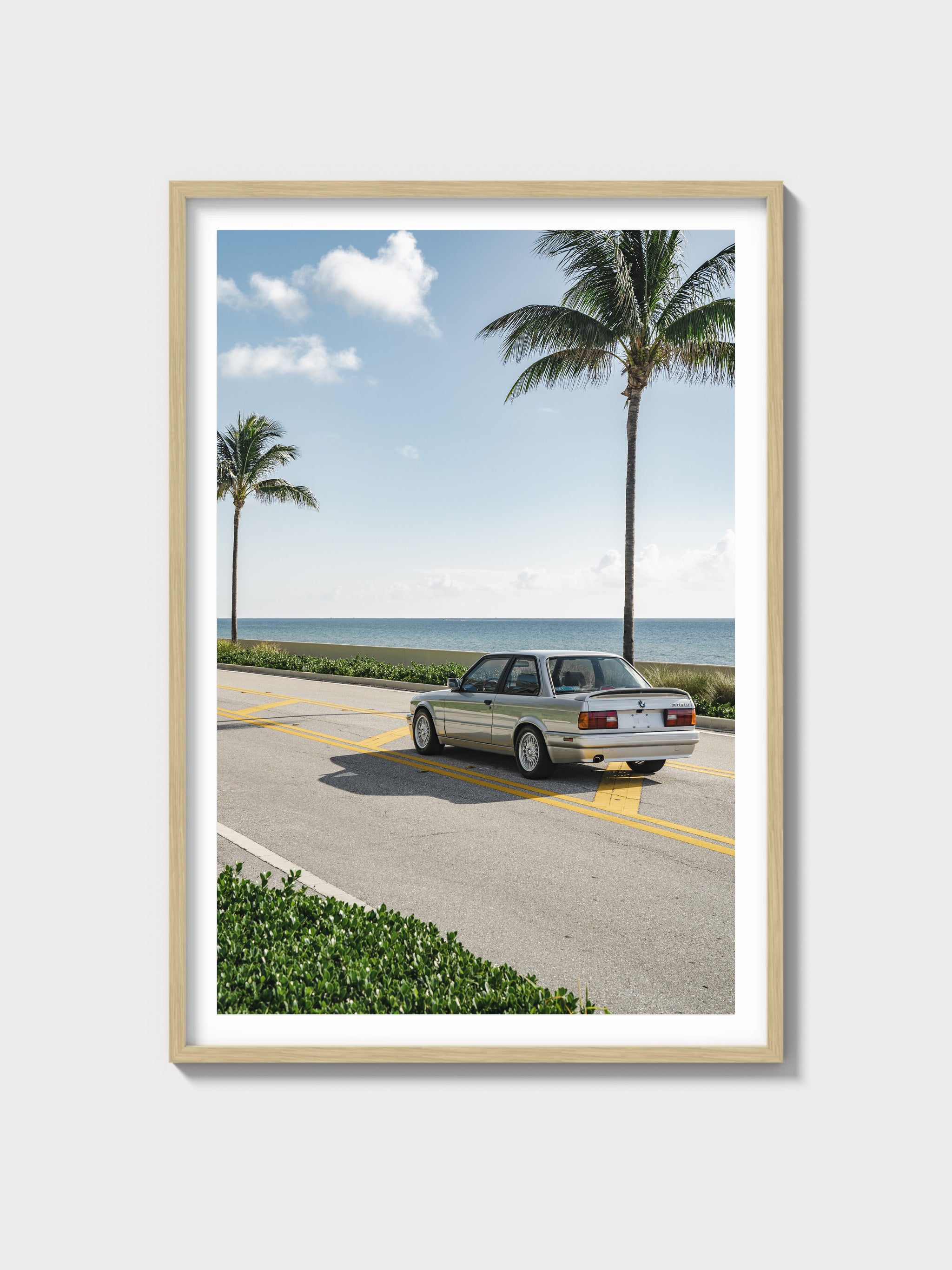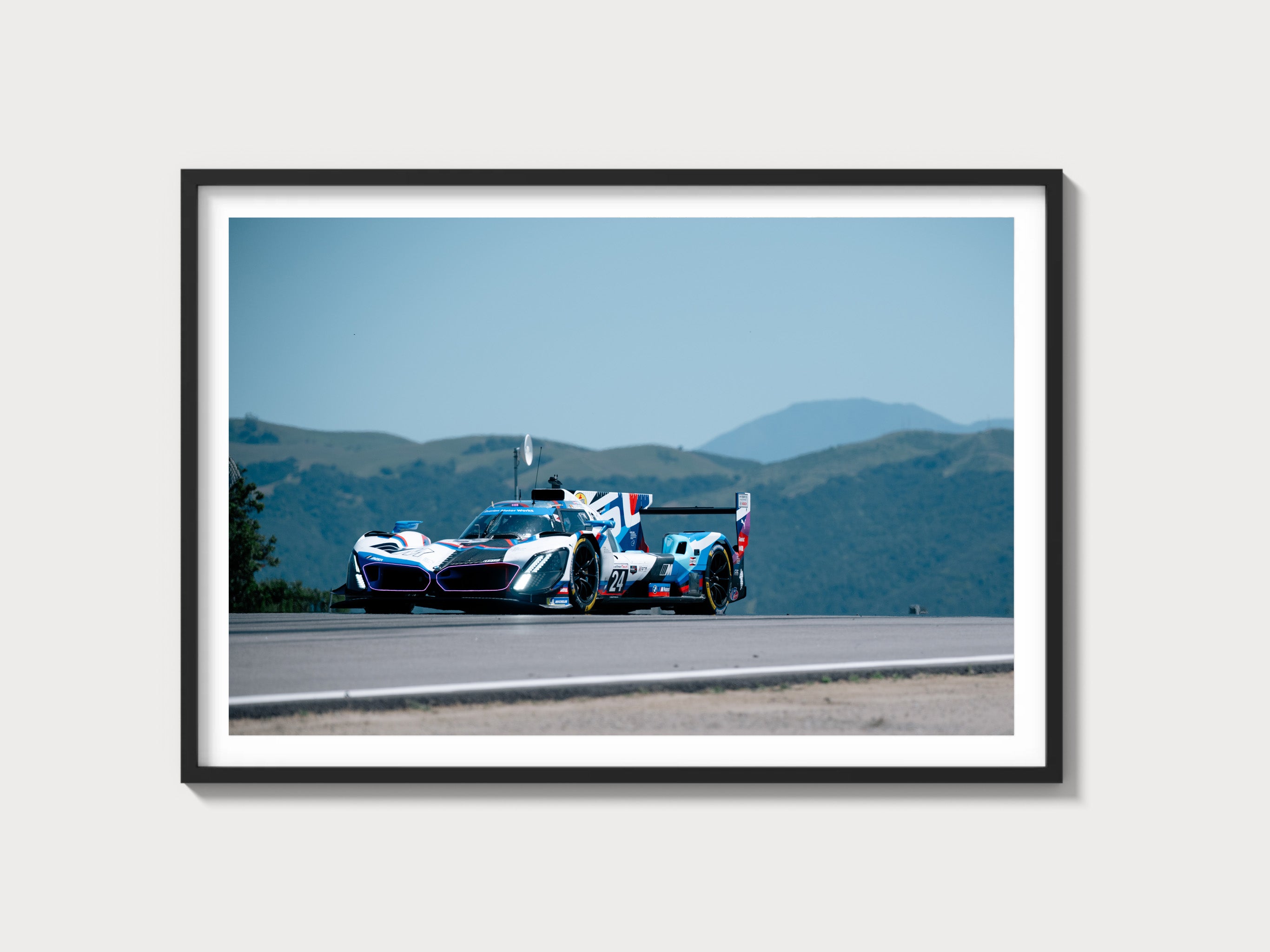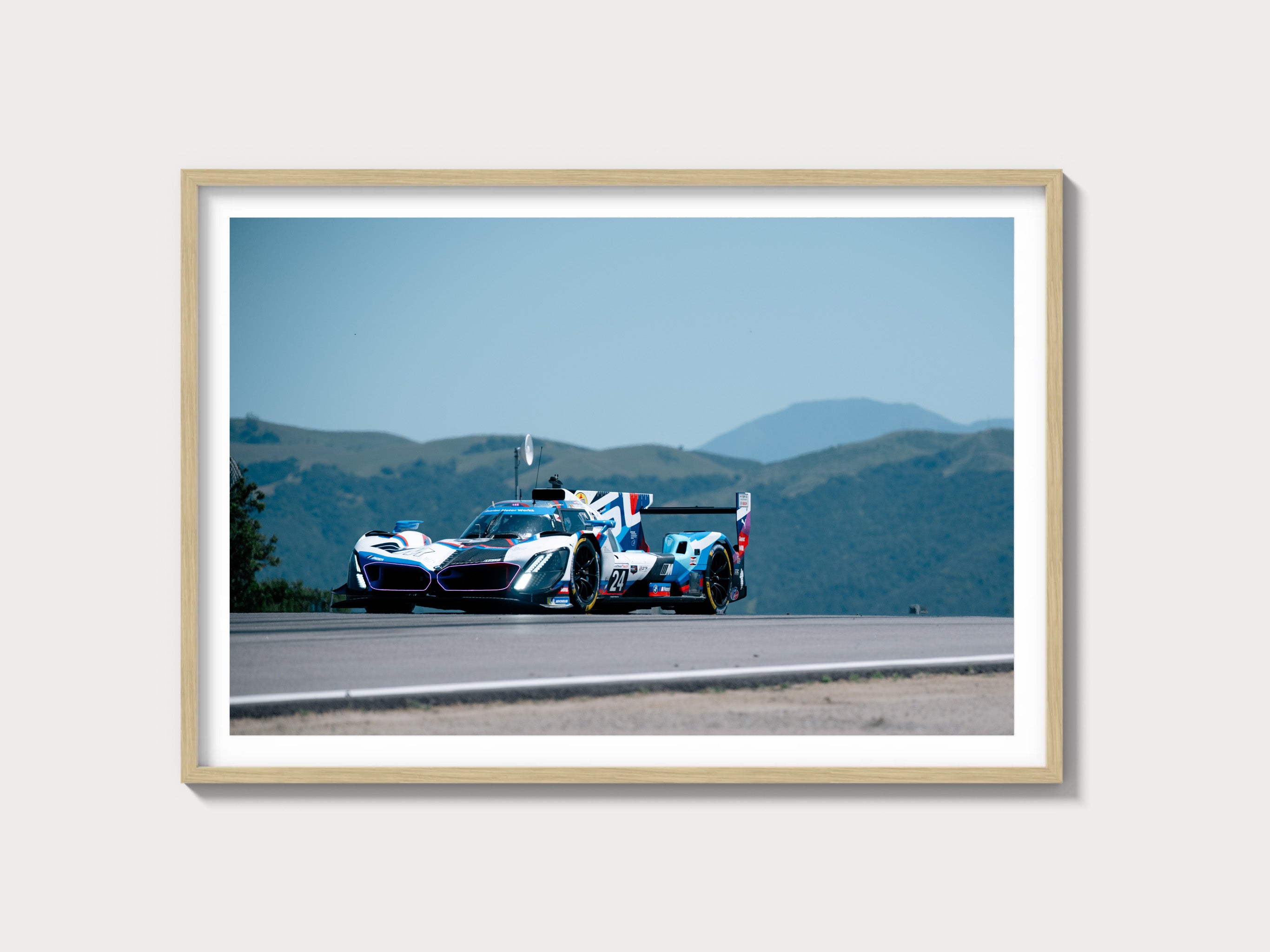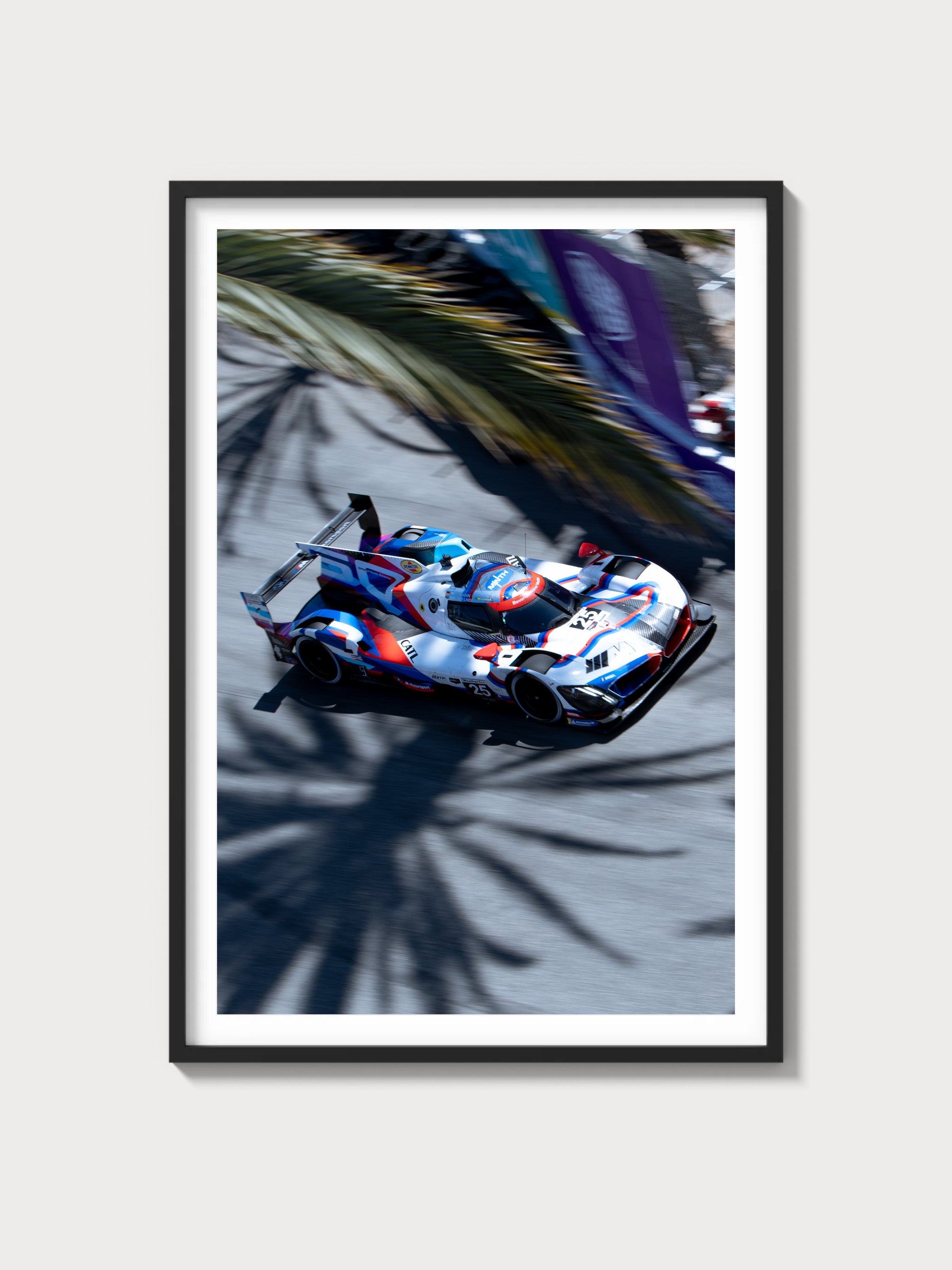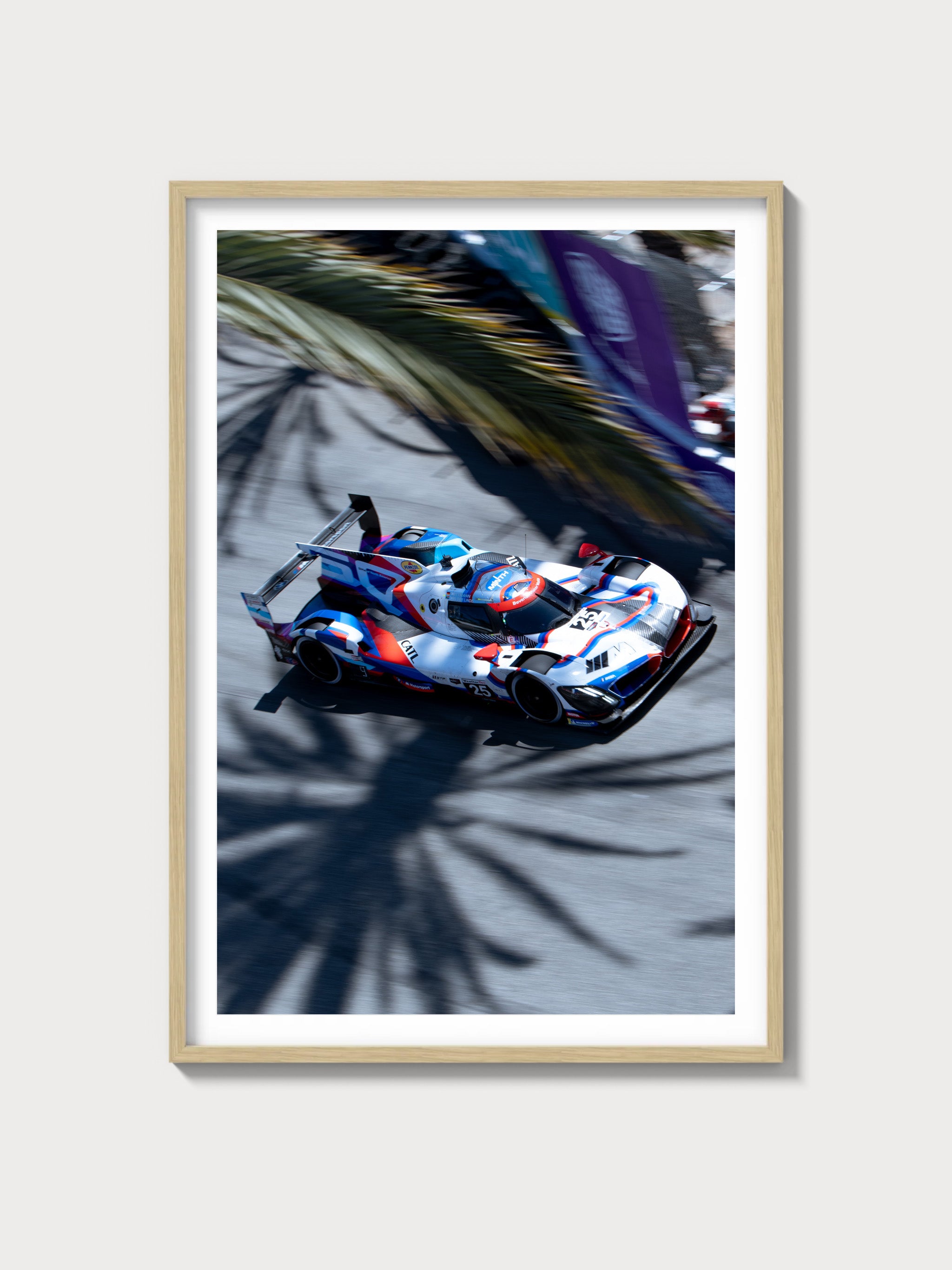The 1987–1991 Chevrolet Corvette Callaway Twin Turbo: A Turbocharged Triumph
Historical Context and Development
The late 1980s marked a transformative era for Chevrolet's Corvette, particularly with the emergence of the Callaway Twin Turbo variant. At a time when automotive manufacturers faced stringent emissions regulations and an evolving competitive landscape, the Corvette C4 was in its stride, with sleek, aerodynamic lines and advanced technology. Callaway Cars, helmed by Reeves Callaway, offered a factory-authorized twin-turbo conversion for the Corvette, giving life to the B2K option. This collaboration was a daring move, positioning the Corvette at the forefront of high-performance sports cars, amidst fierce competition from European giants like Porsche and Ferrari.
Engine and Technical Specifications
| Specification | Detail |
|---|---|
| Engine Configuration | V8 |
| Displacement | 5.7 L (350 cu in) |
| Horsepower | 345 hp |
| Induction Type | Twin-Turbocharged |
| Redline | 6,200 rpm |
| Fuel System | Multi-point fuel injection |
| Compression Ratio | 8.5:1 |
| Bore x Stroke | 4.00 in x 3.48 in |
Driving Experience and Handling Dynamics
The Callaway Twin Turbo Corvette was renowned for its invigorating driving experience. The twin-turbocharged V8 delivered exhilarating acceleration, paired with a balanced chassis that ensured agile handling. The suspension was finely tuned to provide both comfort and precision, while the ZR-1 spec brakes offered robust stopping power. Drivers noted the immediacy of throttle response and the seamless power delivery, making the Callaway a car that could effortlessly transition from highway cruiser to track weapon.
Full Performance Specifications
| Performance Metric | Specification |
|---|---|
| 0–60 mph | 4.6 seconds |
| Top Speed | 178 mph |
| Quarter-Mile | 13.1 seconds |
| Weight | 3,500 lbs |
| Layout | Front-engine, rear-wheel drive |
| Brakes | Disc brakes all around |
| Suspension | Independent, transverse fiberglass mono-leaf |
| Gearbox Type | 4-speed automatic or 6-speed manual |
Variant Breakdown
- 1987: Introduction of the B2K option, limited production.
- 1988: Refinements in turbocharging and increased production numbers.
- 1989: Minor exterior tweaks, introduction of new color options.
- 1990: Peak production year, further tuning enhancements.
- 1991: Final year of the C4 Callaway Twin Turbo, marked by limited special editions.
Ownership Notes
The Callaway Twin Turbo is revered among collectors but requires meticulous maintenance. Routine service intervals should be strictly adhered to, and turbocharger maintenance is essential to ensure longevity. Parts availability is generally good due to the Corvette's popularity, but certain Callaway-specific components may require sourcing from specialized vendors. Restoration can be a rewarding endeavor, particularly for those passionate about preserving a piece of automotive history.
Cultural Relevance
The Callaway Corvette has appeared in numerous media outlets, revered for its groundbreaking performance. Its desirability has only increased over the years, with auction prices reflecting its status as a collector's gem. Moreover, its racing legacy, including notable appearances in endurance racing events, has solidified its reputation as a serious contender in motorsport history.
FAQs
- Is the Callaway Twin Turbo reliable? With proper maintenance, it is generally reliable; however, turbo systems require regular checks.
- How does the Callaway Twin Turbo compare to the standard C4 Corvette? The Callaway offers significantly more power and performance enhancements over the standard model.
- What are common problems with the Callaway Twin Turbo? Turbocharger wear and fuel system issues are among the most reported concerns.
- How has the value of the Callaway Twin Turbo trended over the years? Values have steadily increased, particularly for well-maintained, low-mileage examples.

